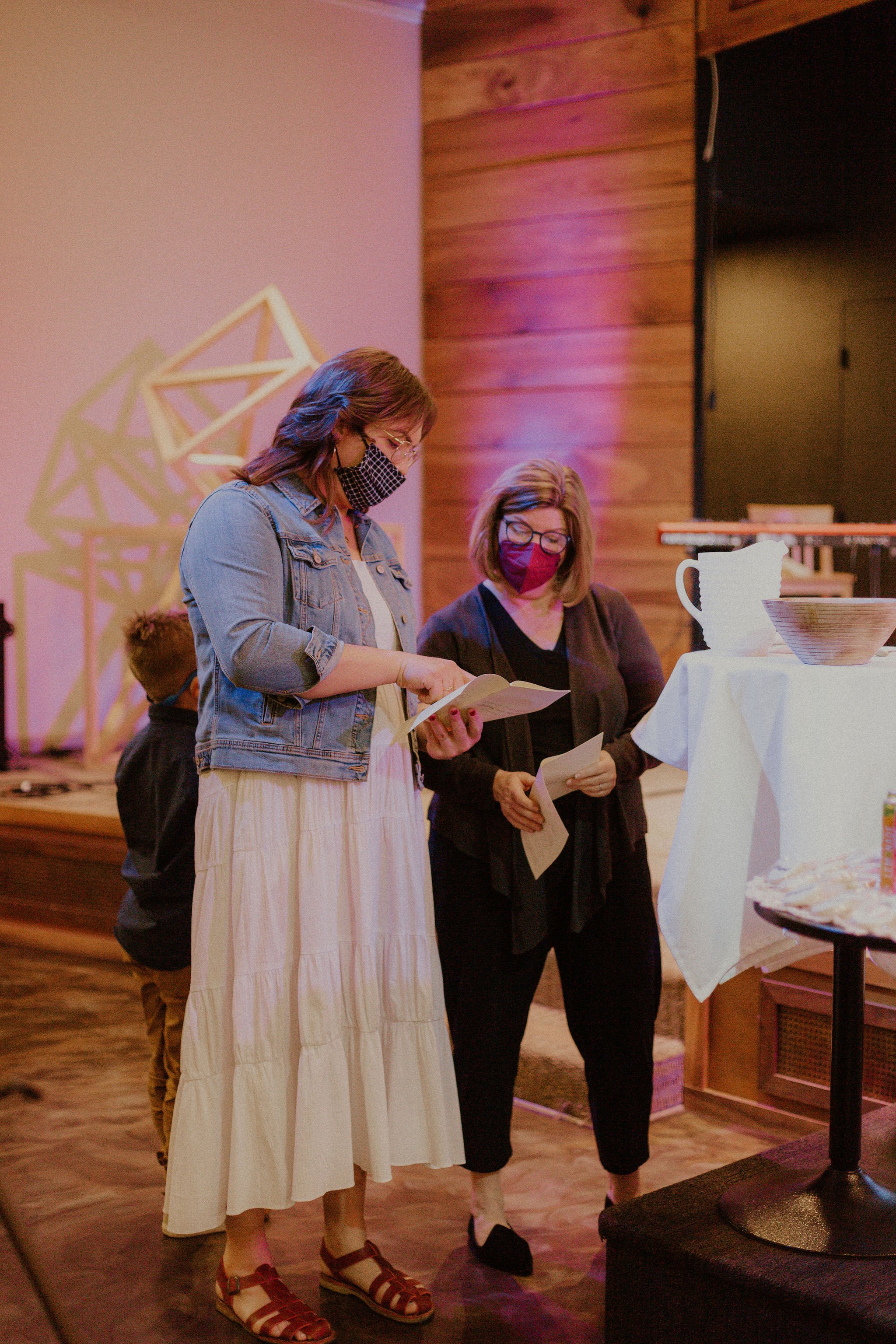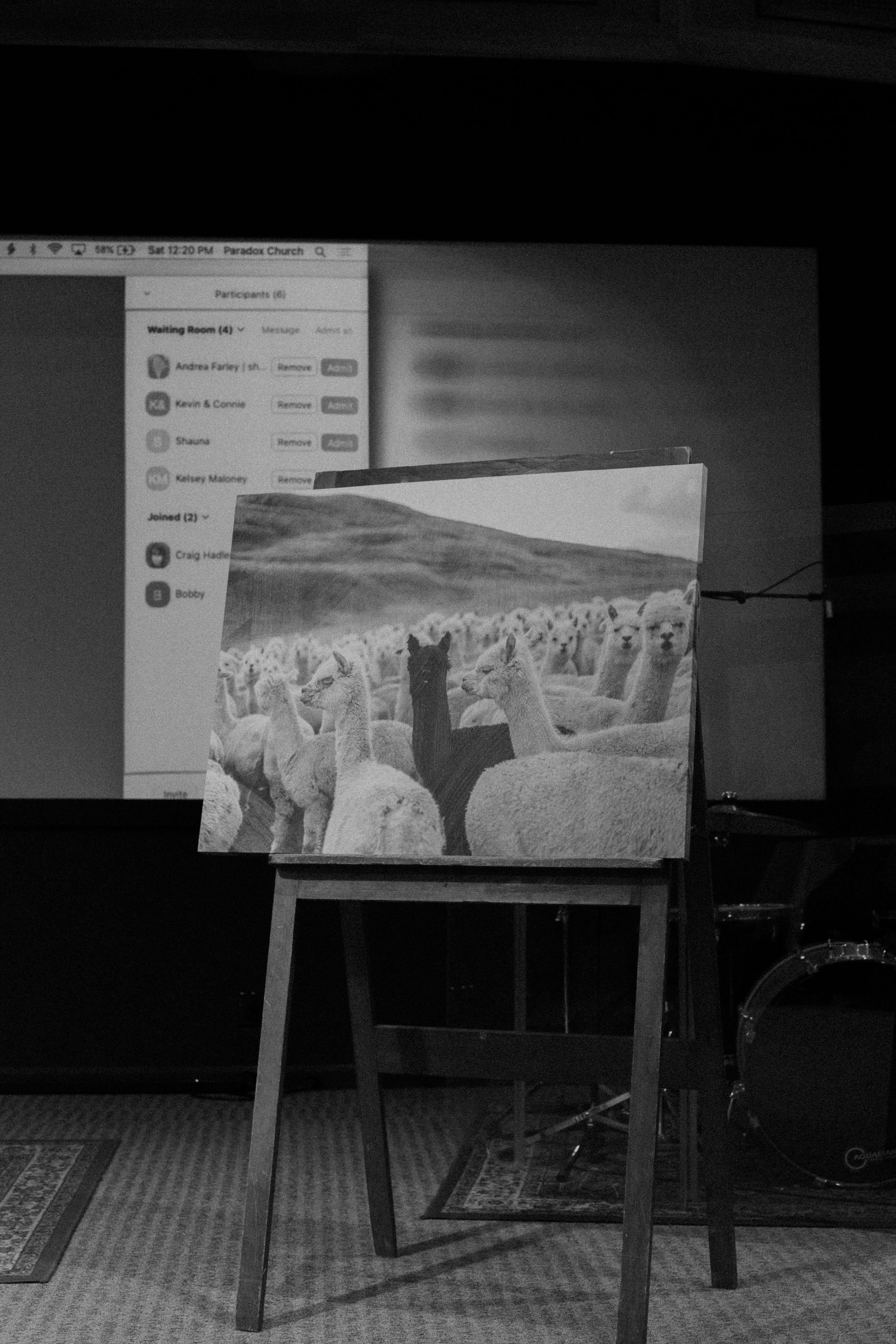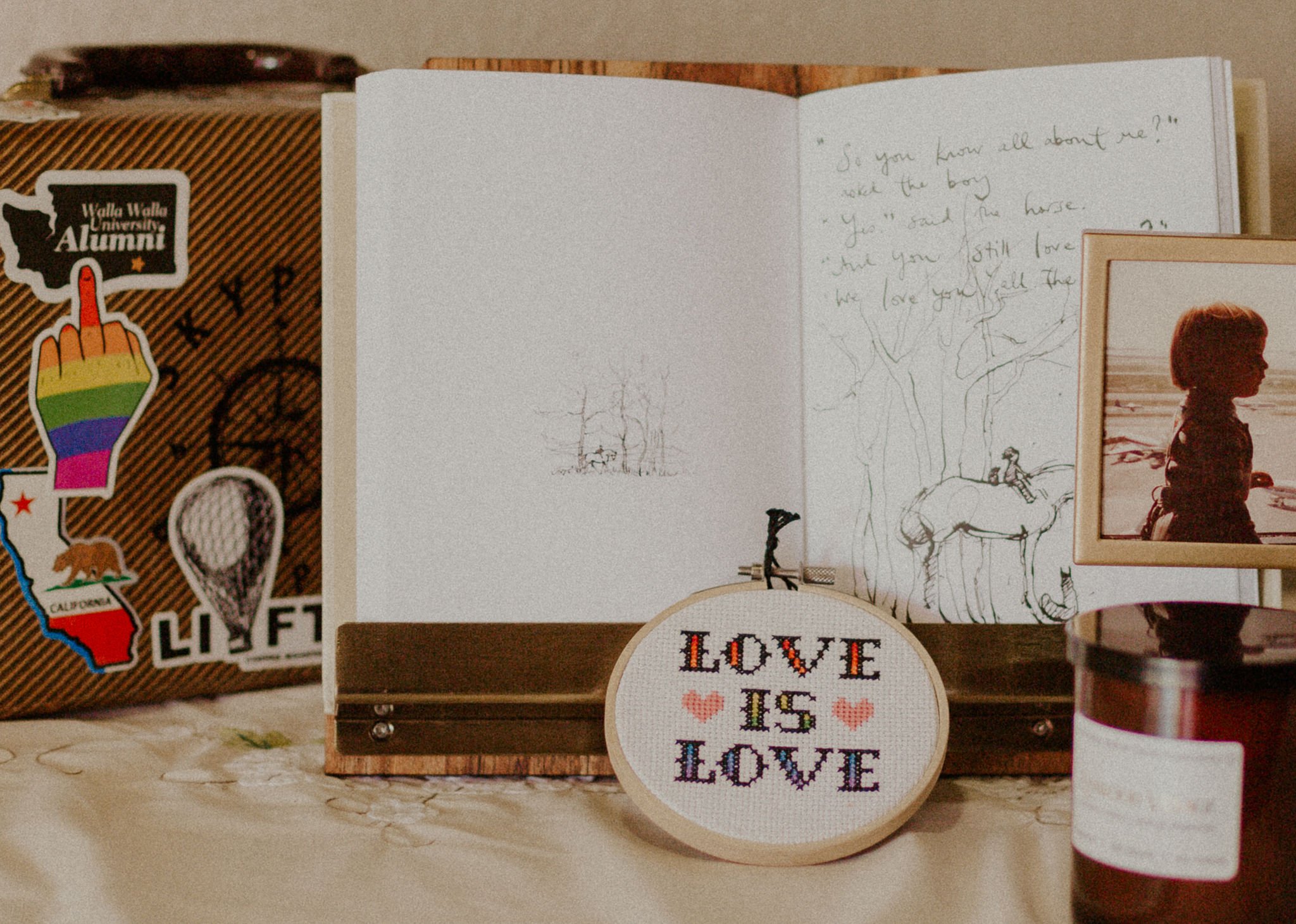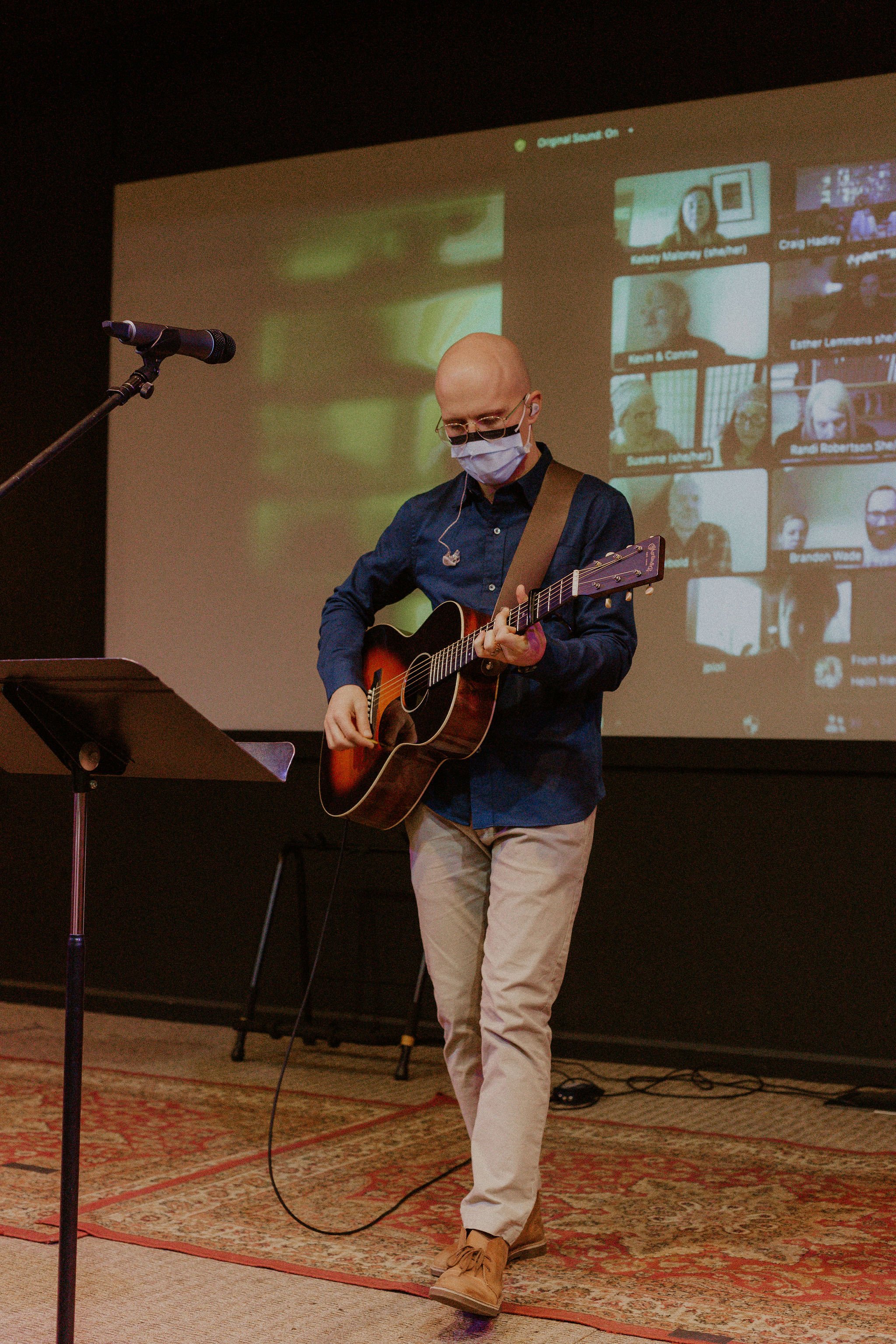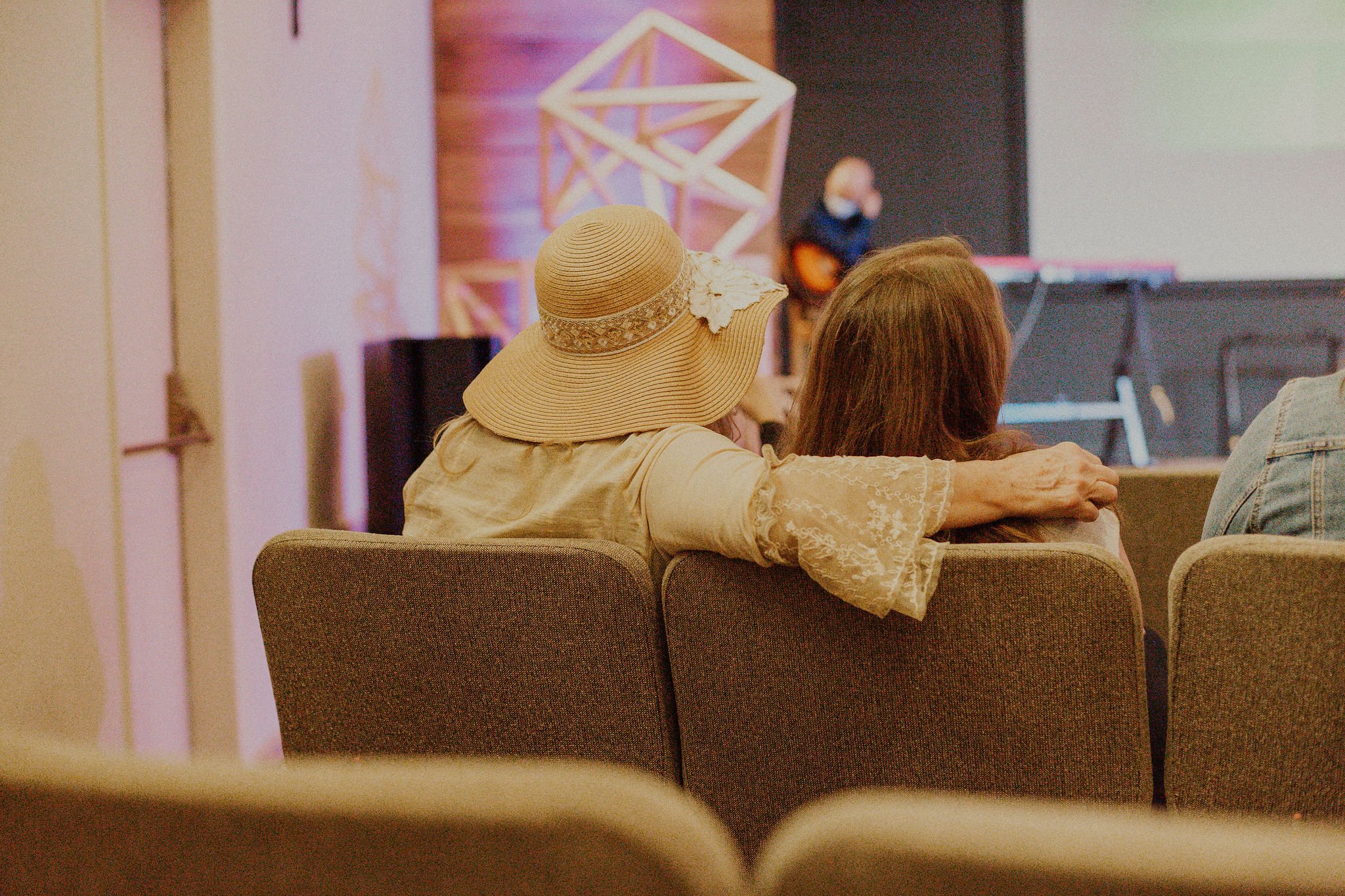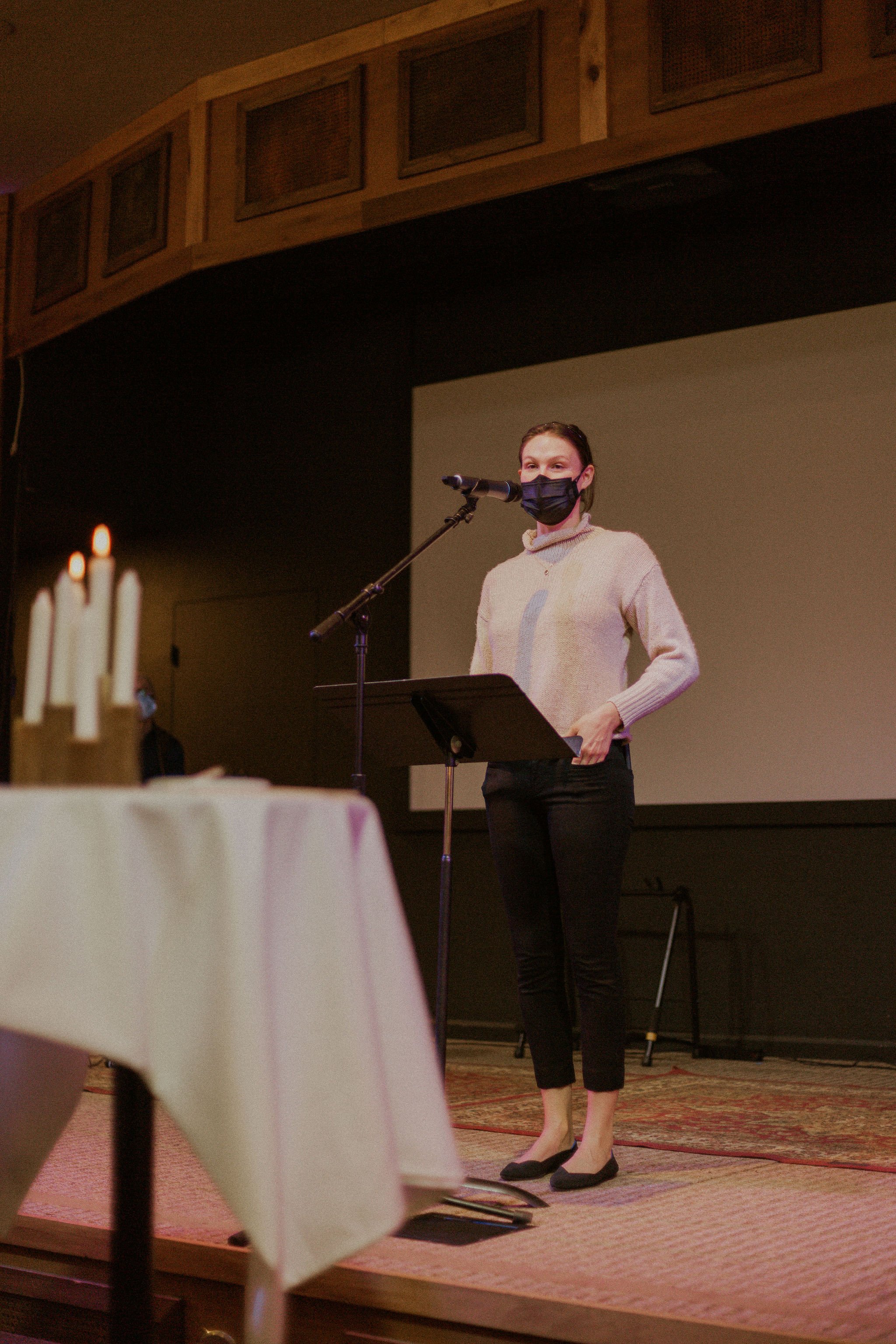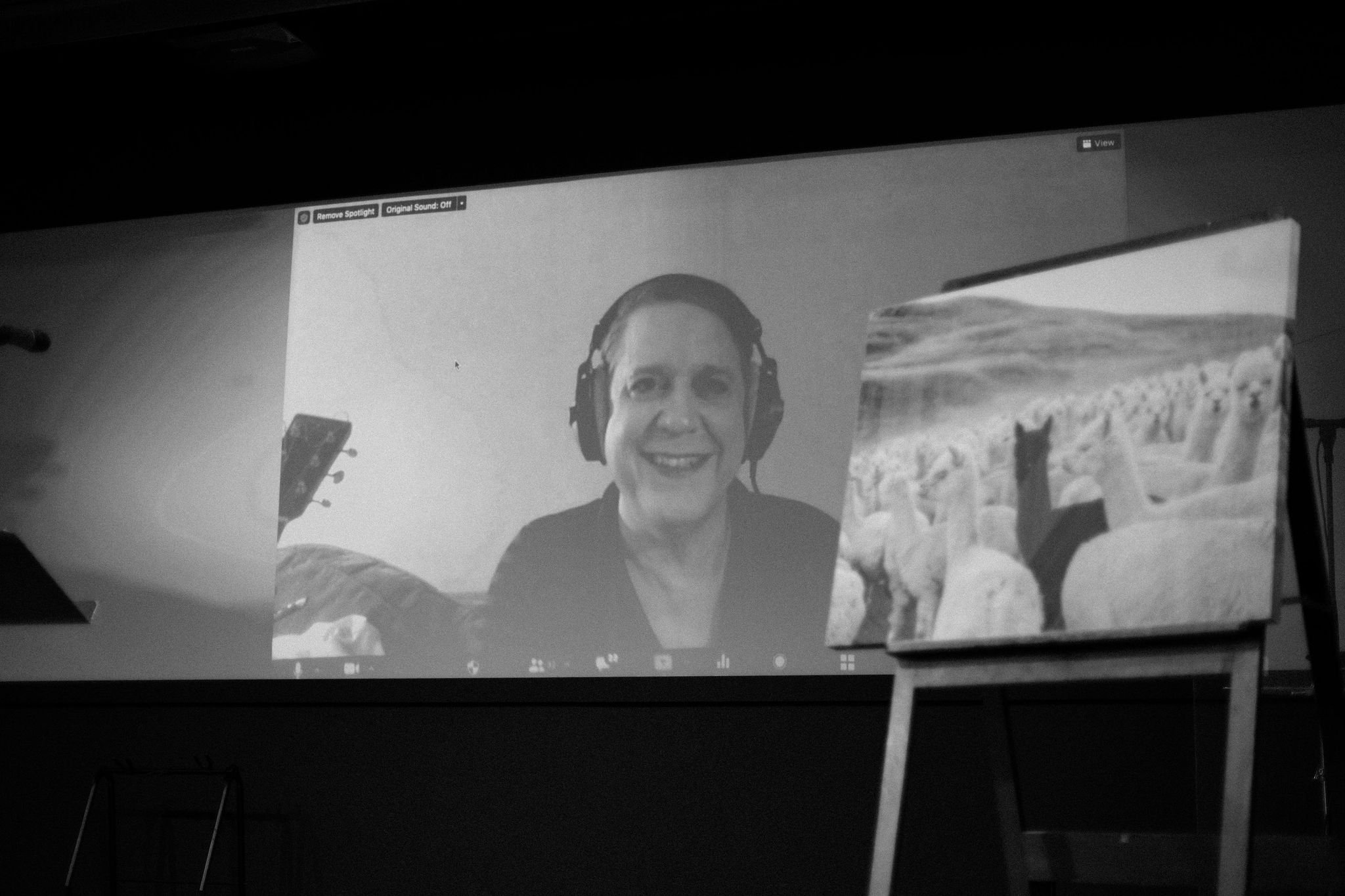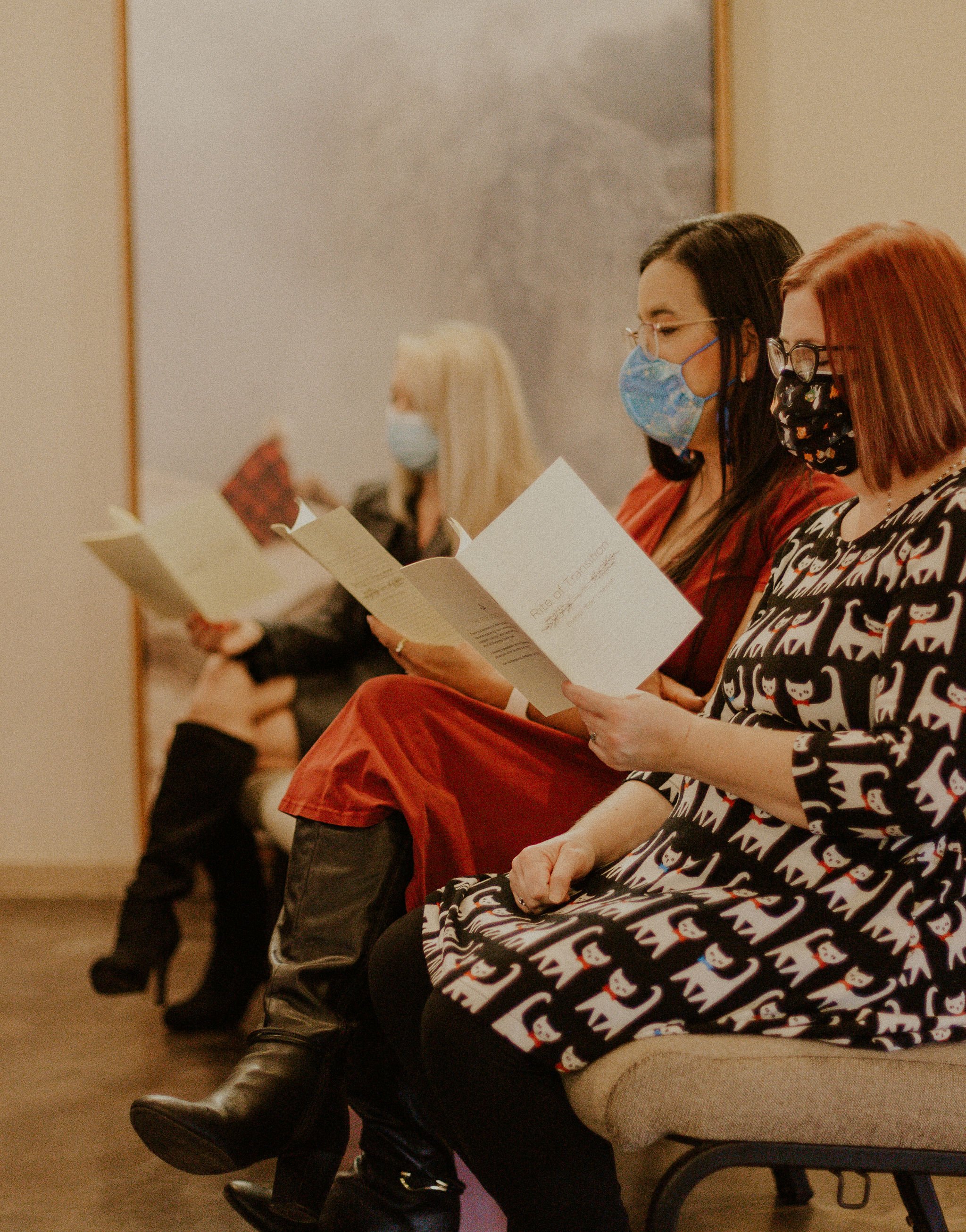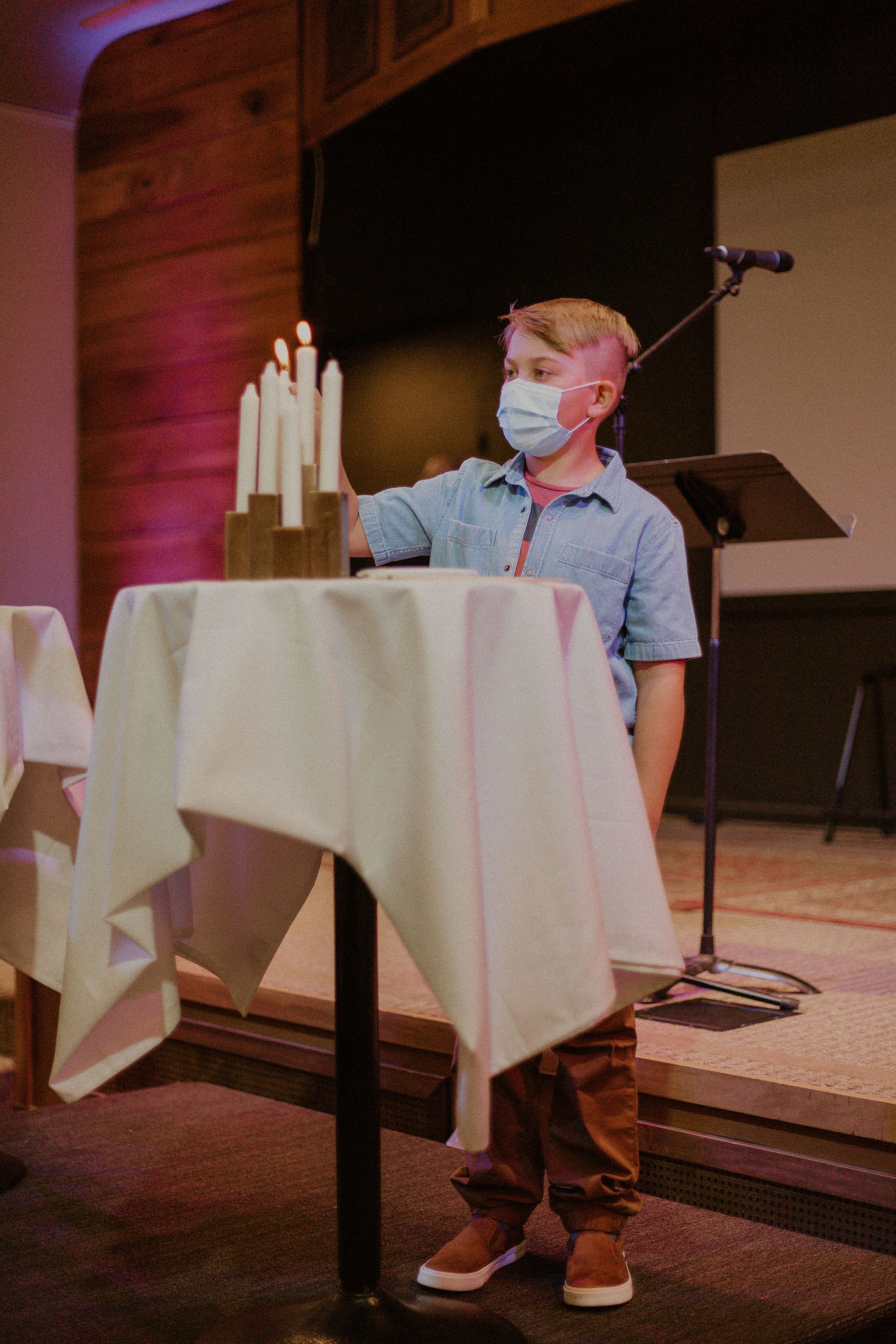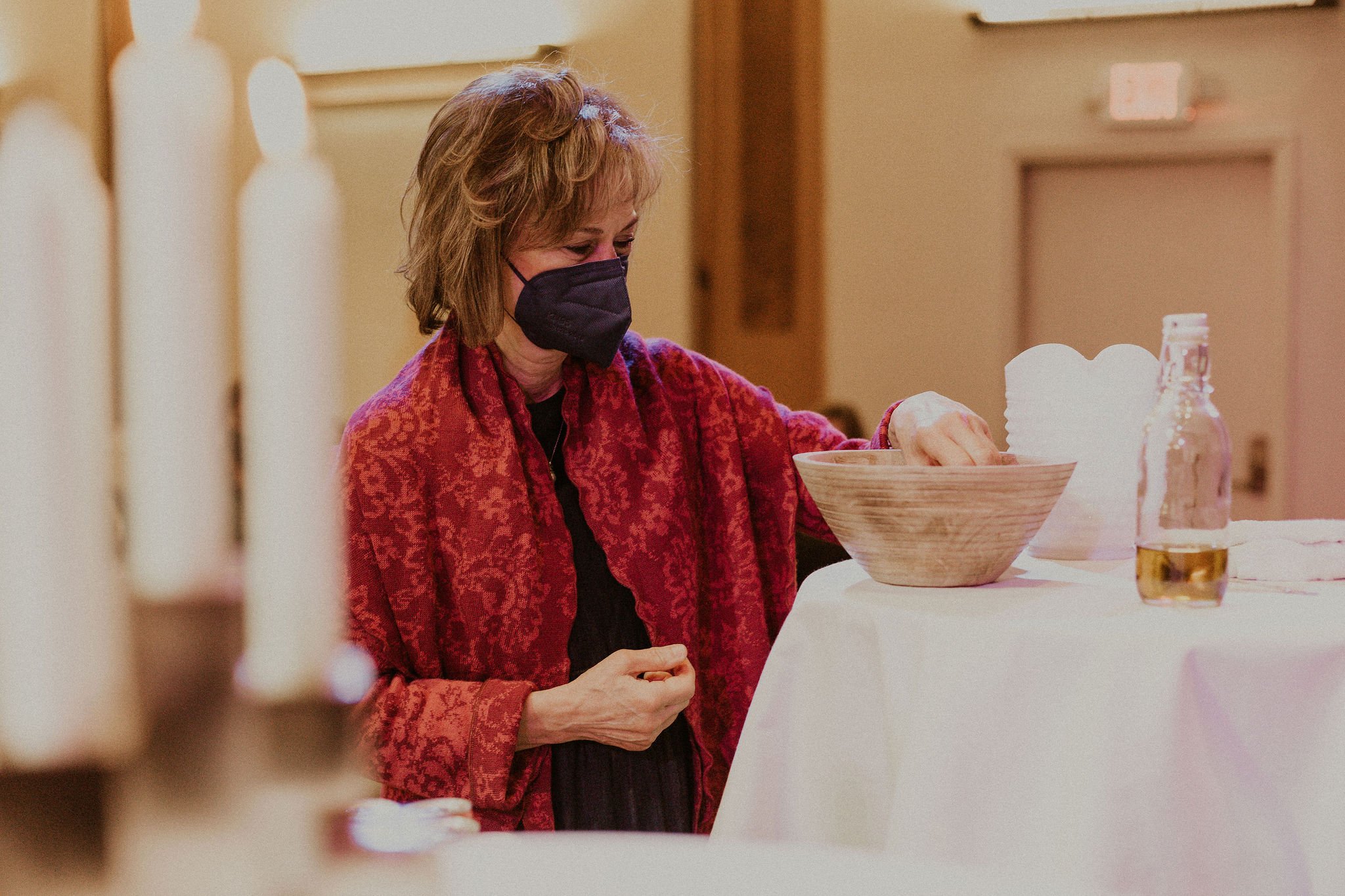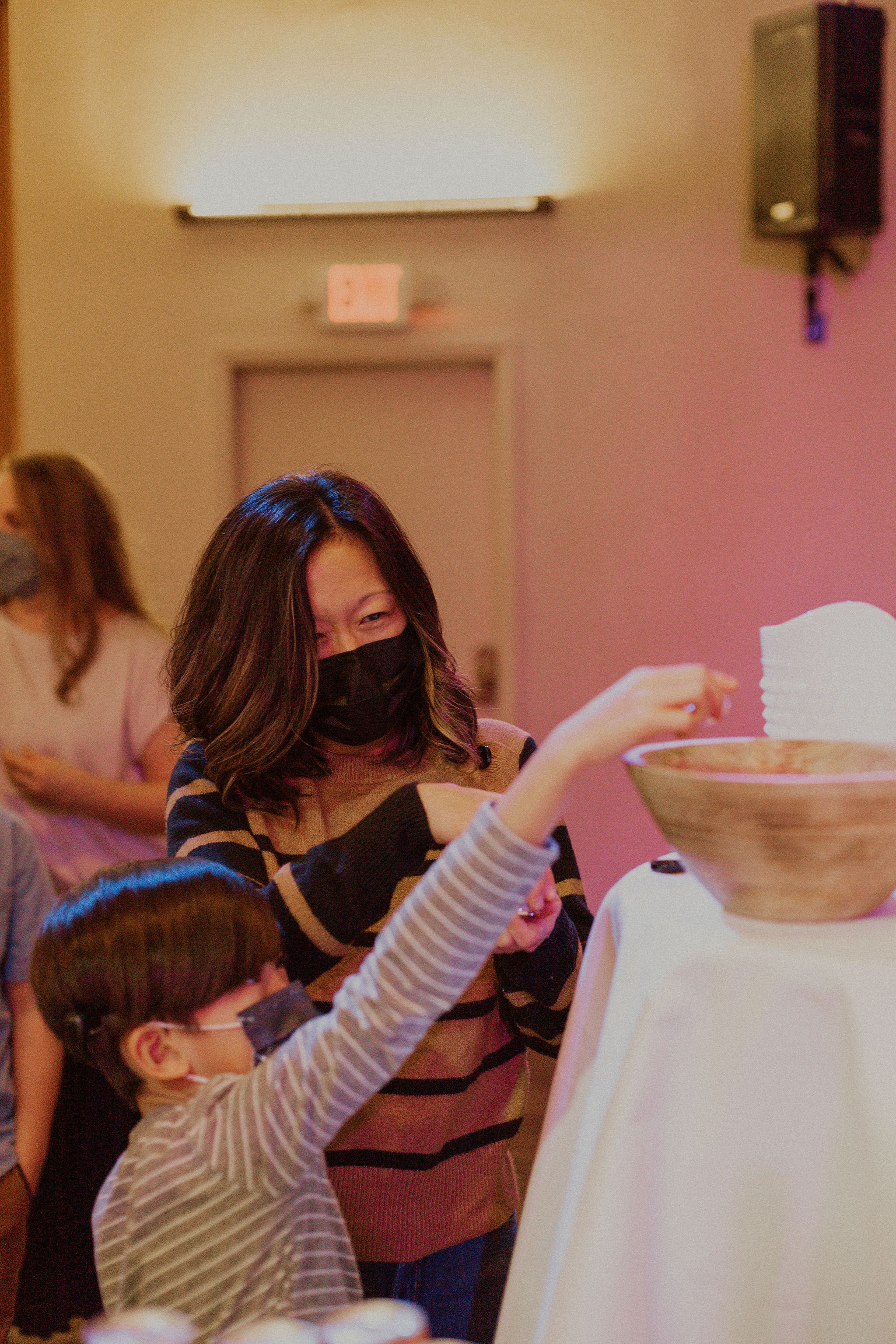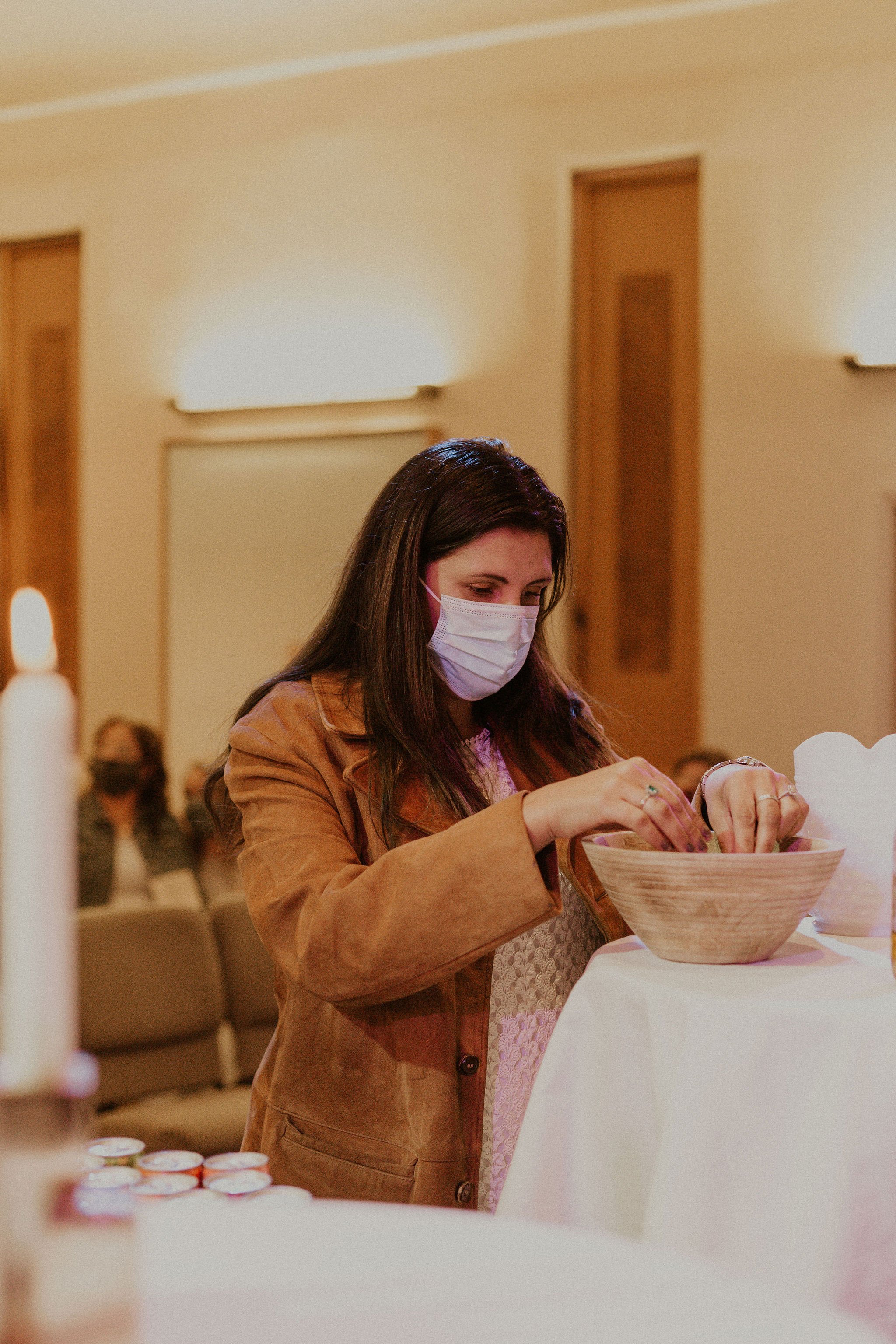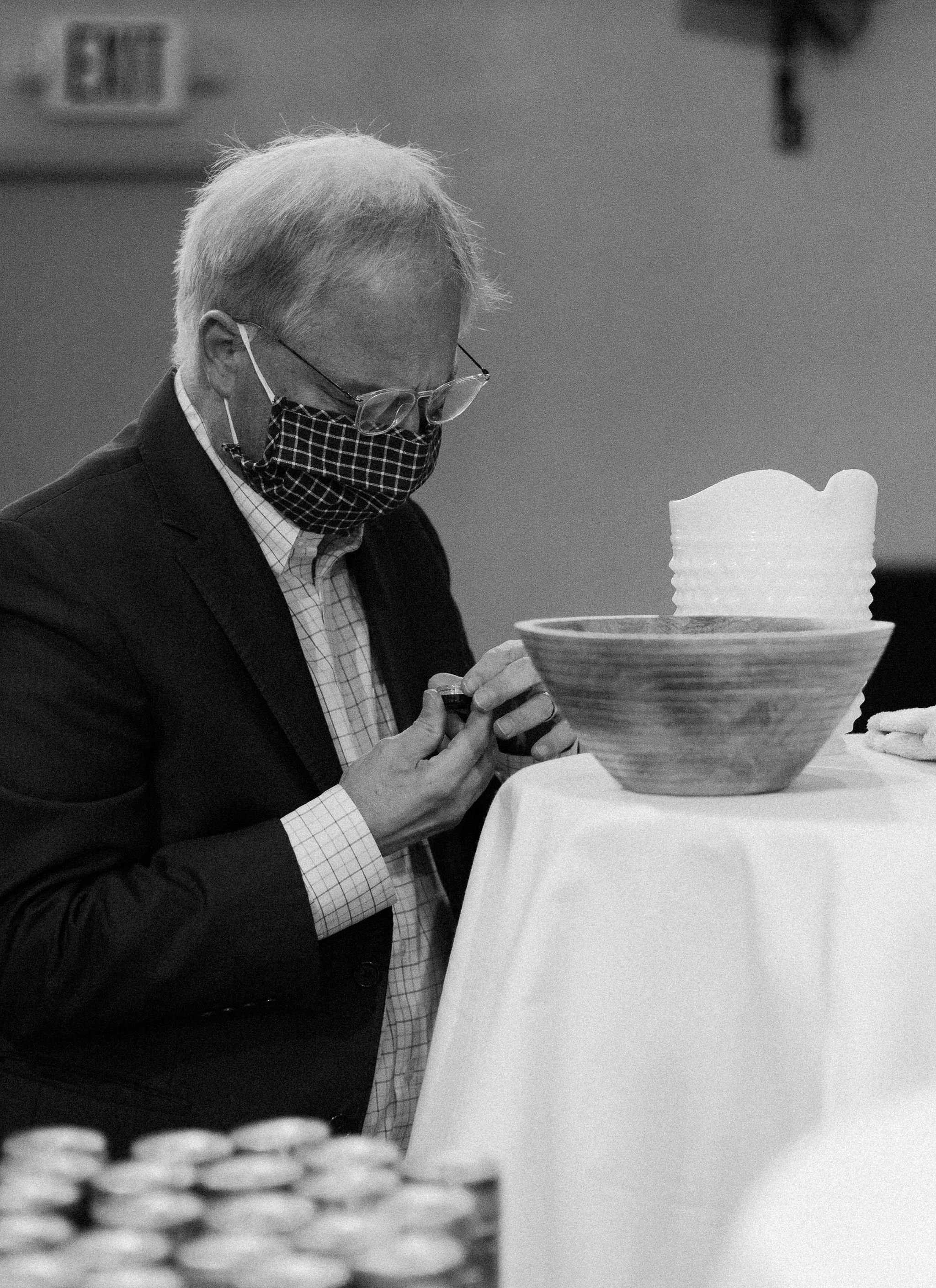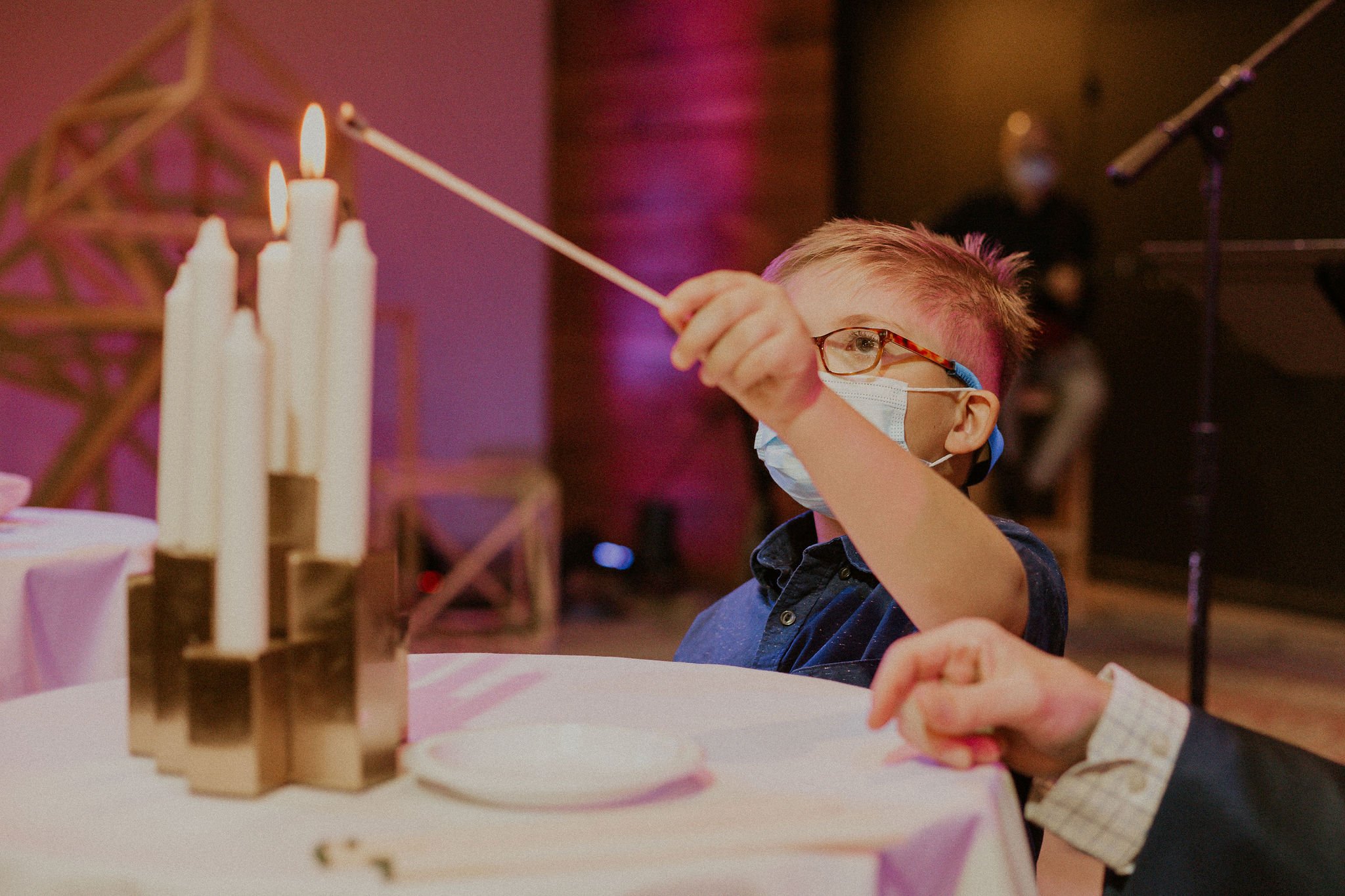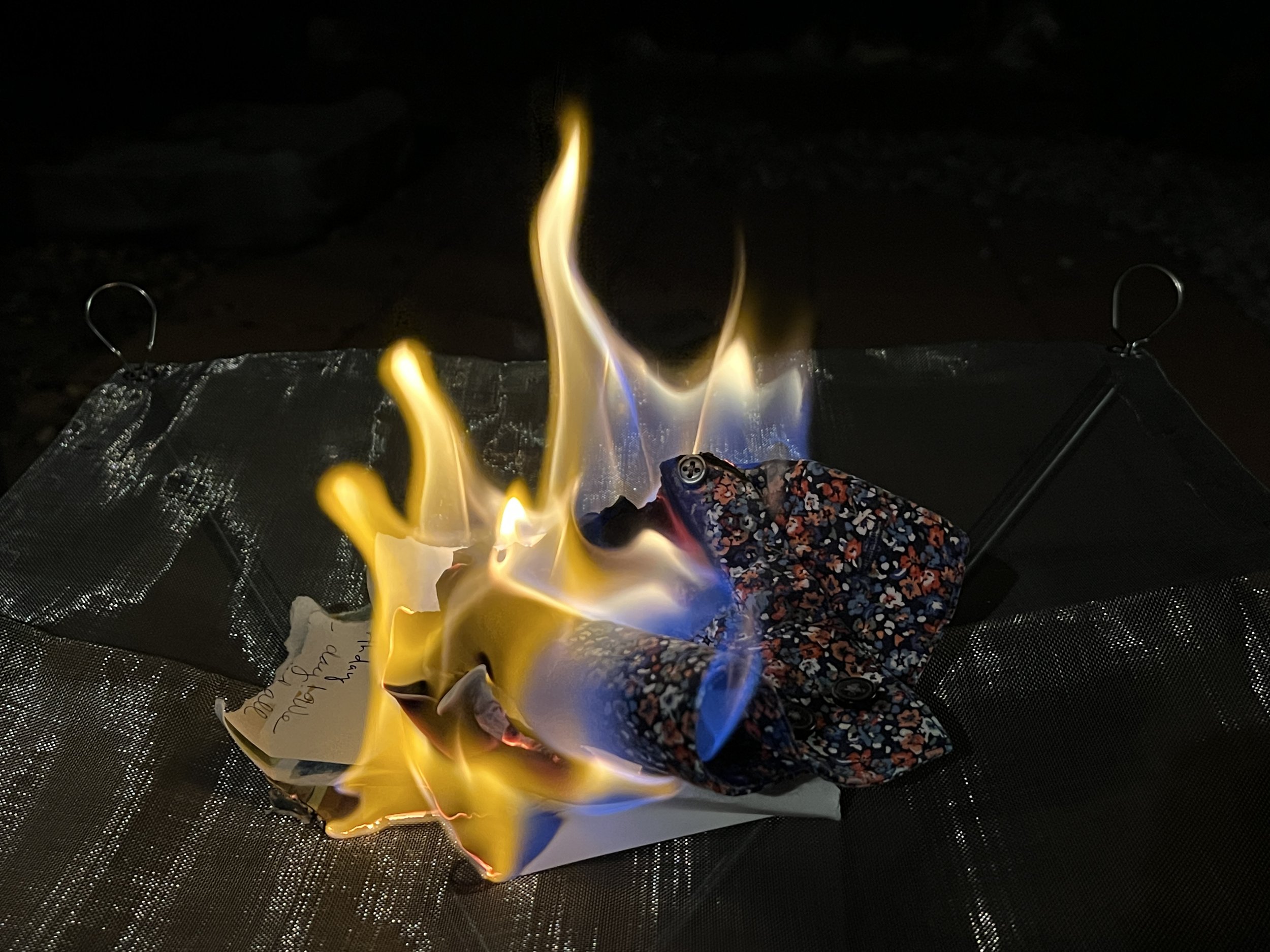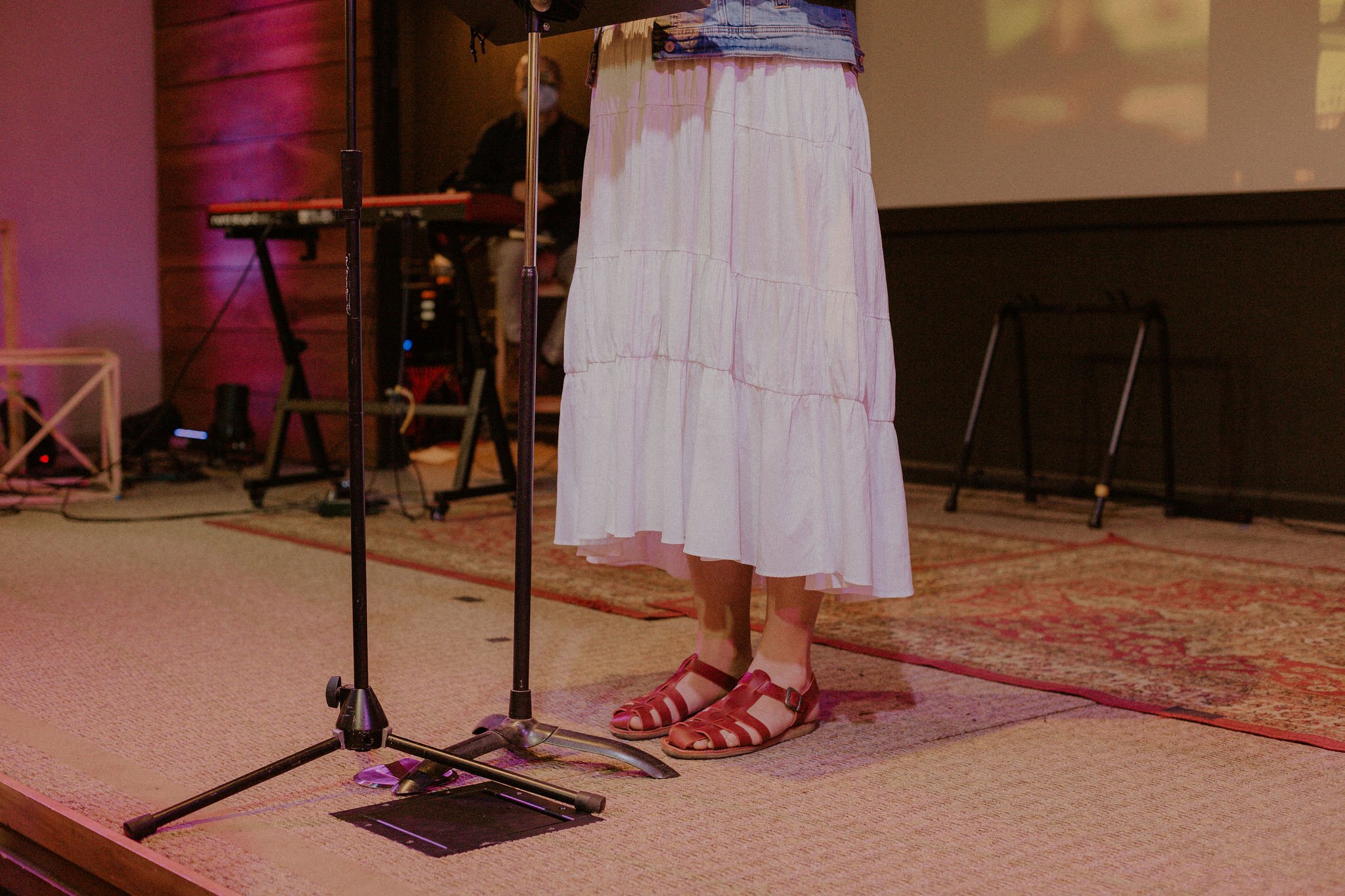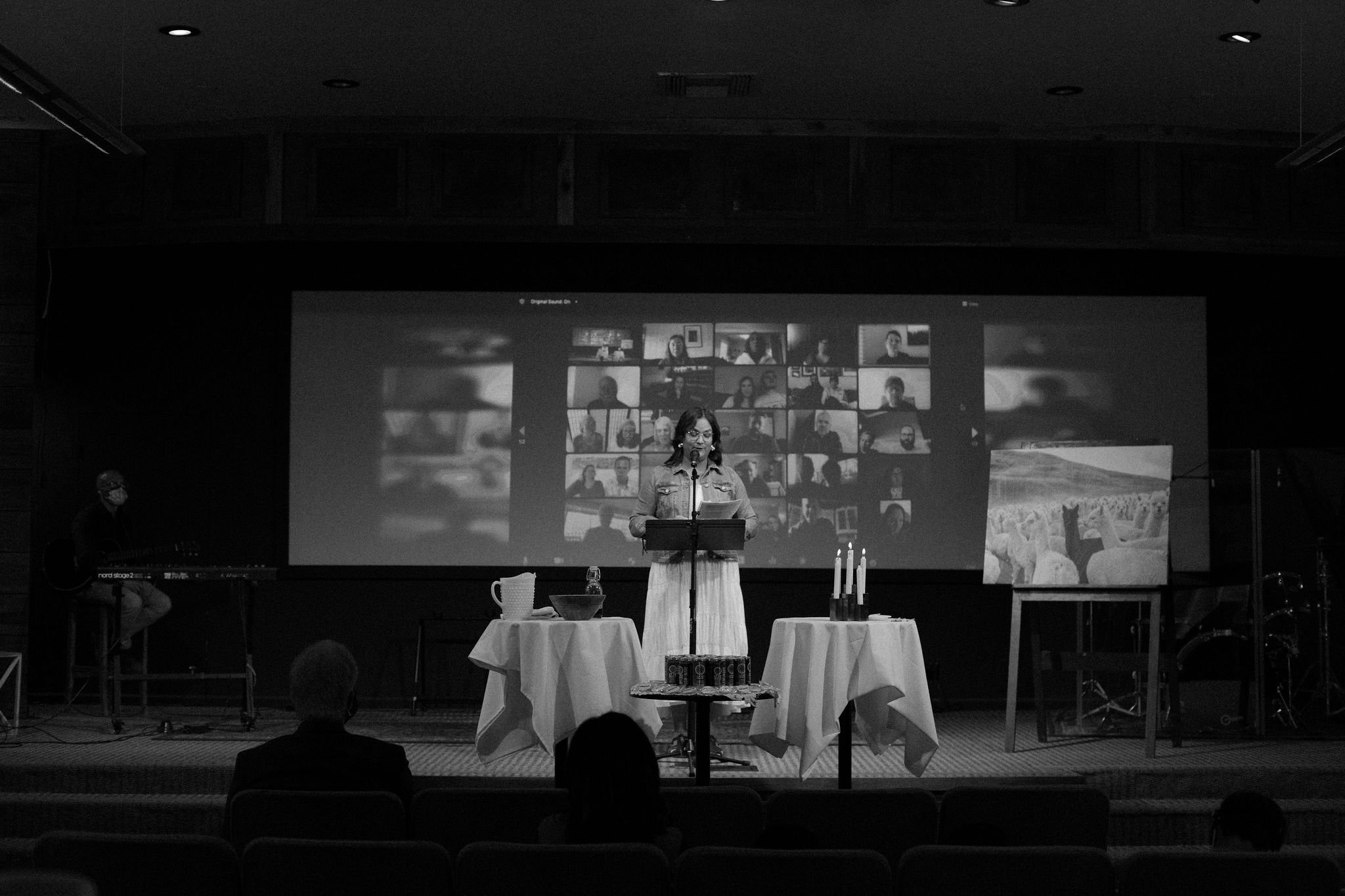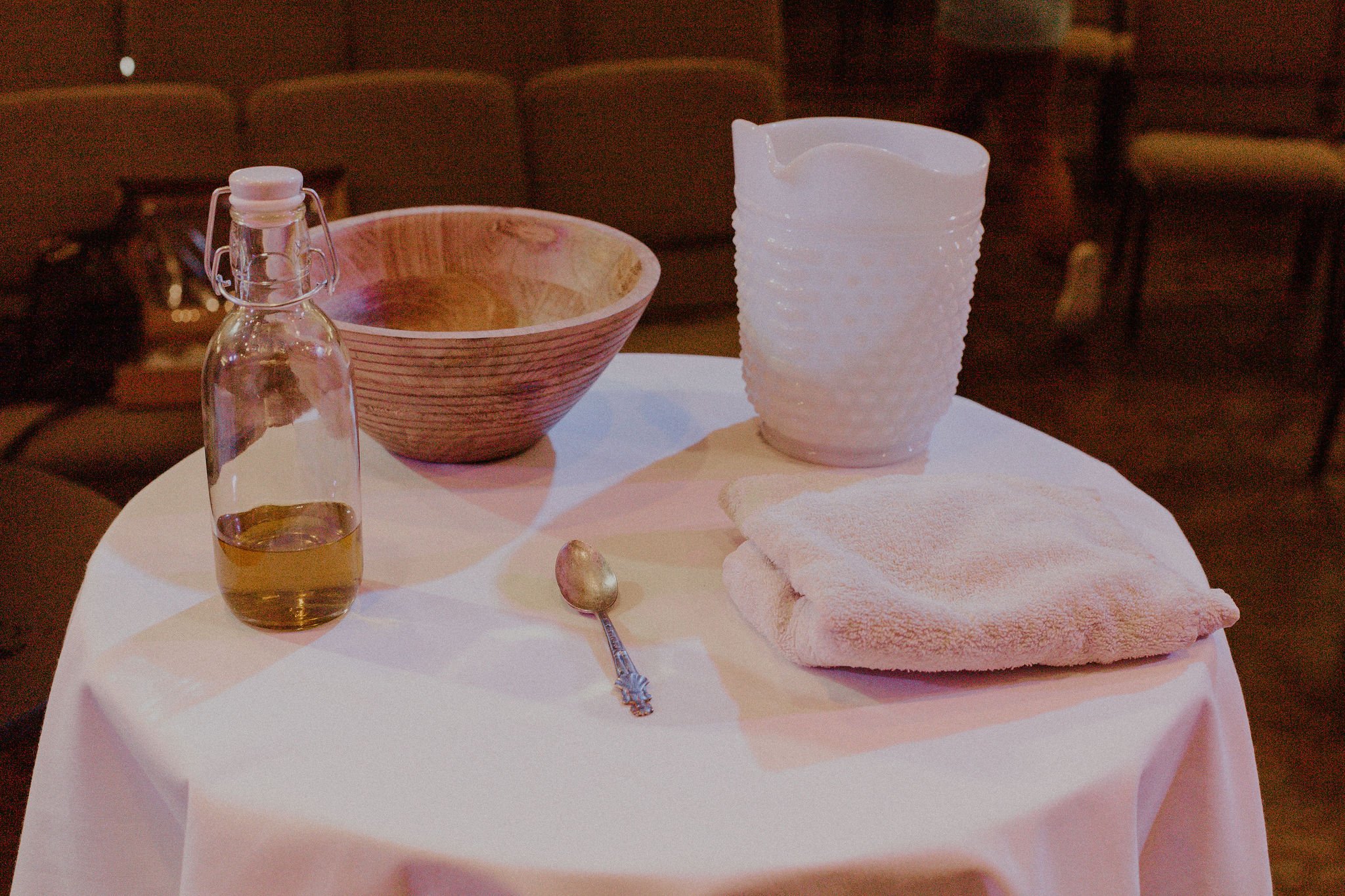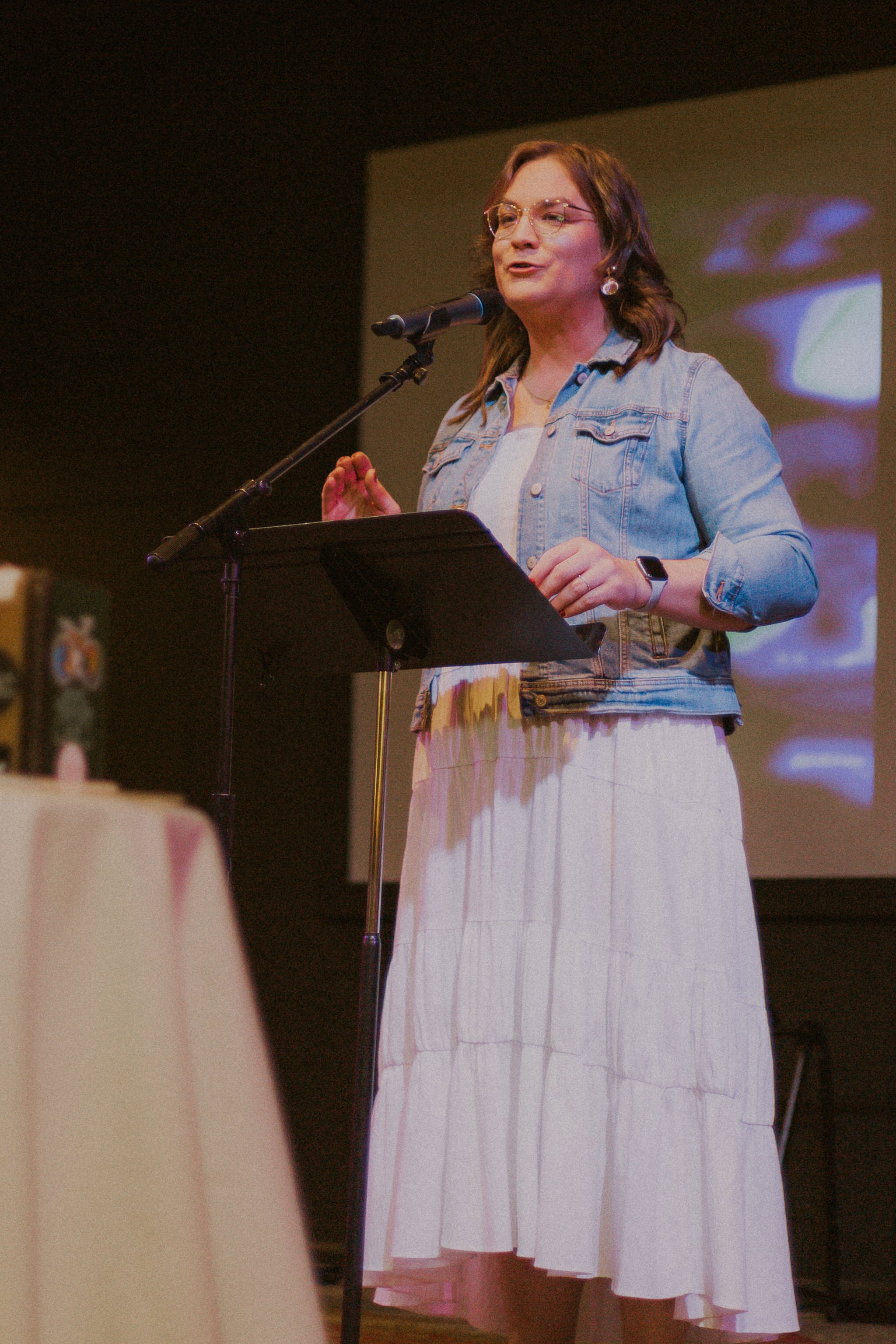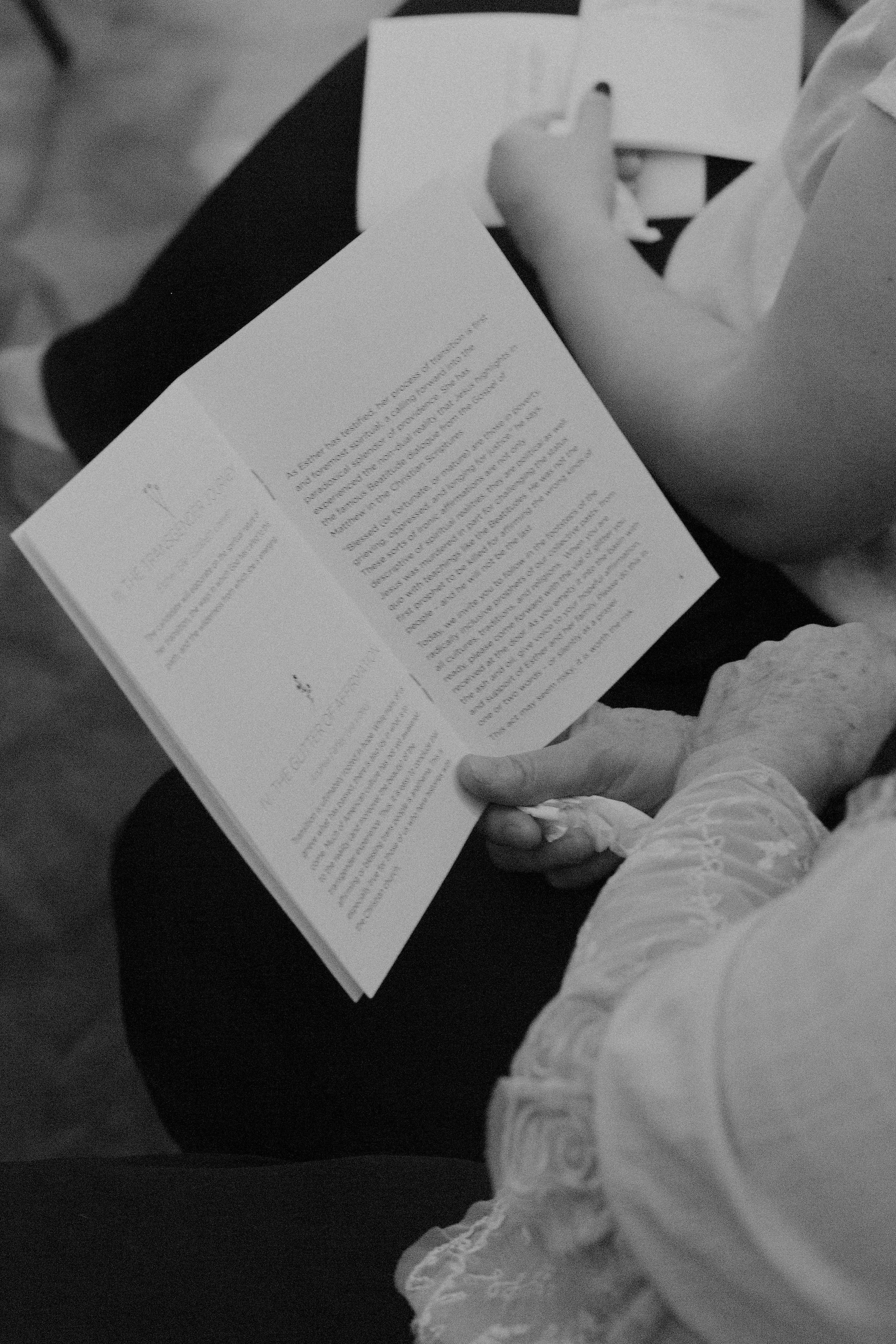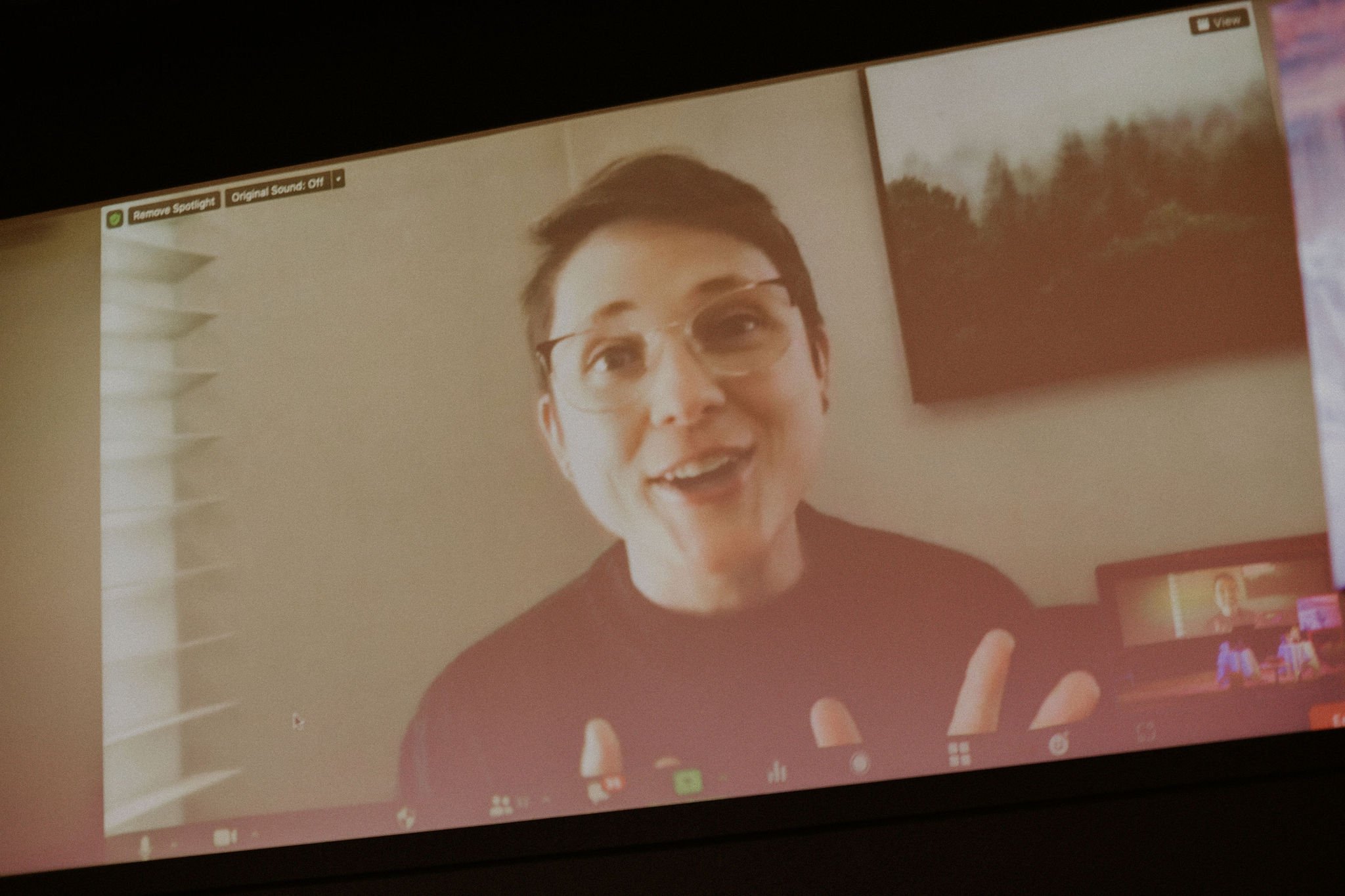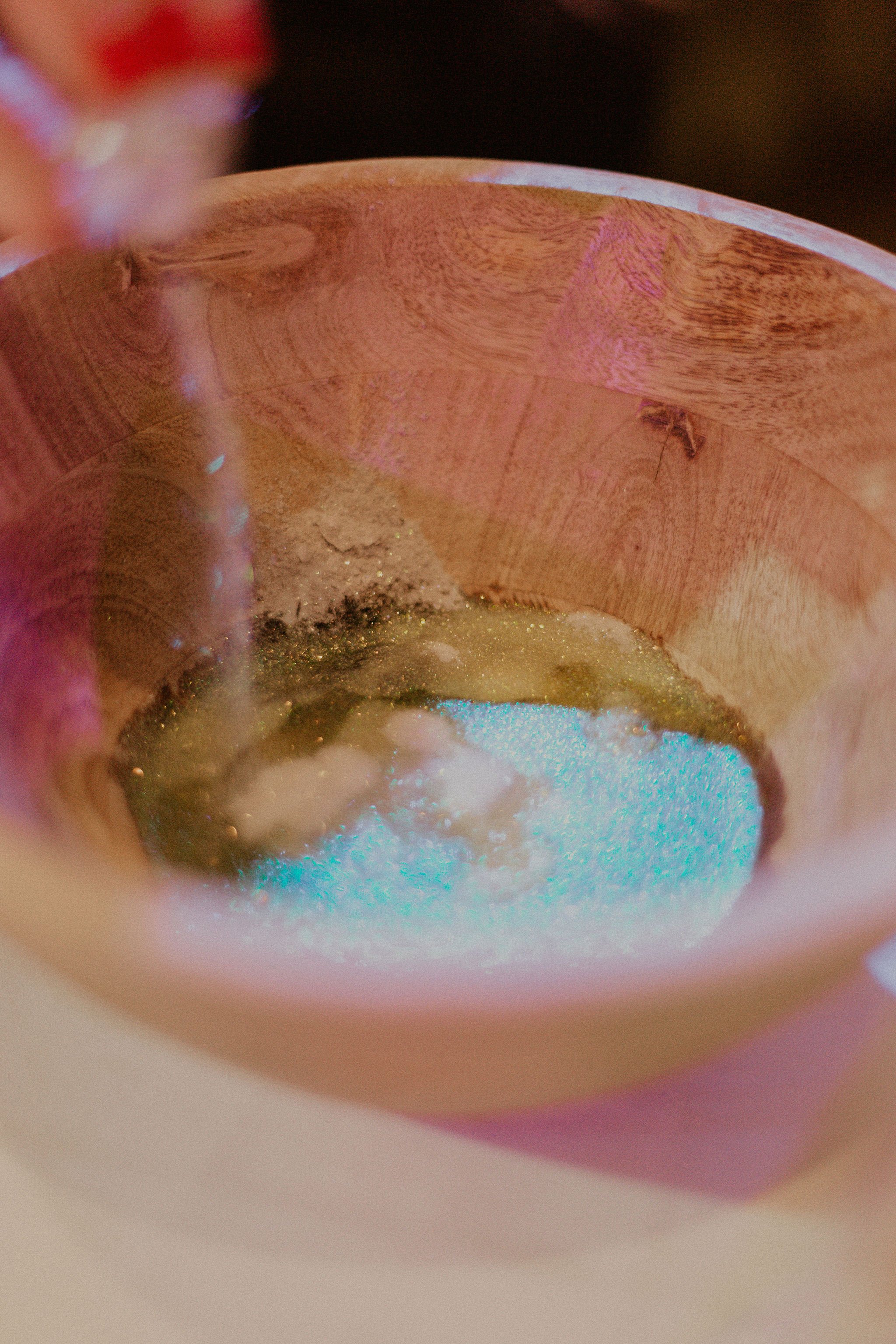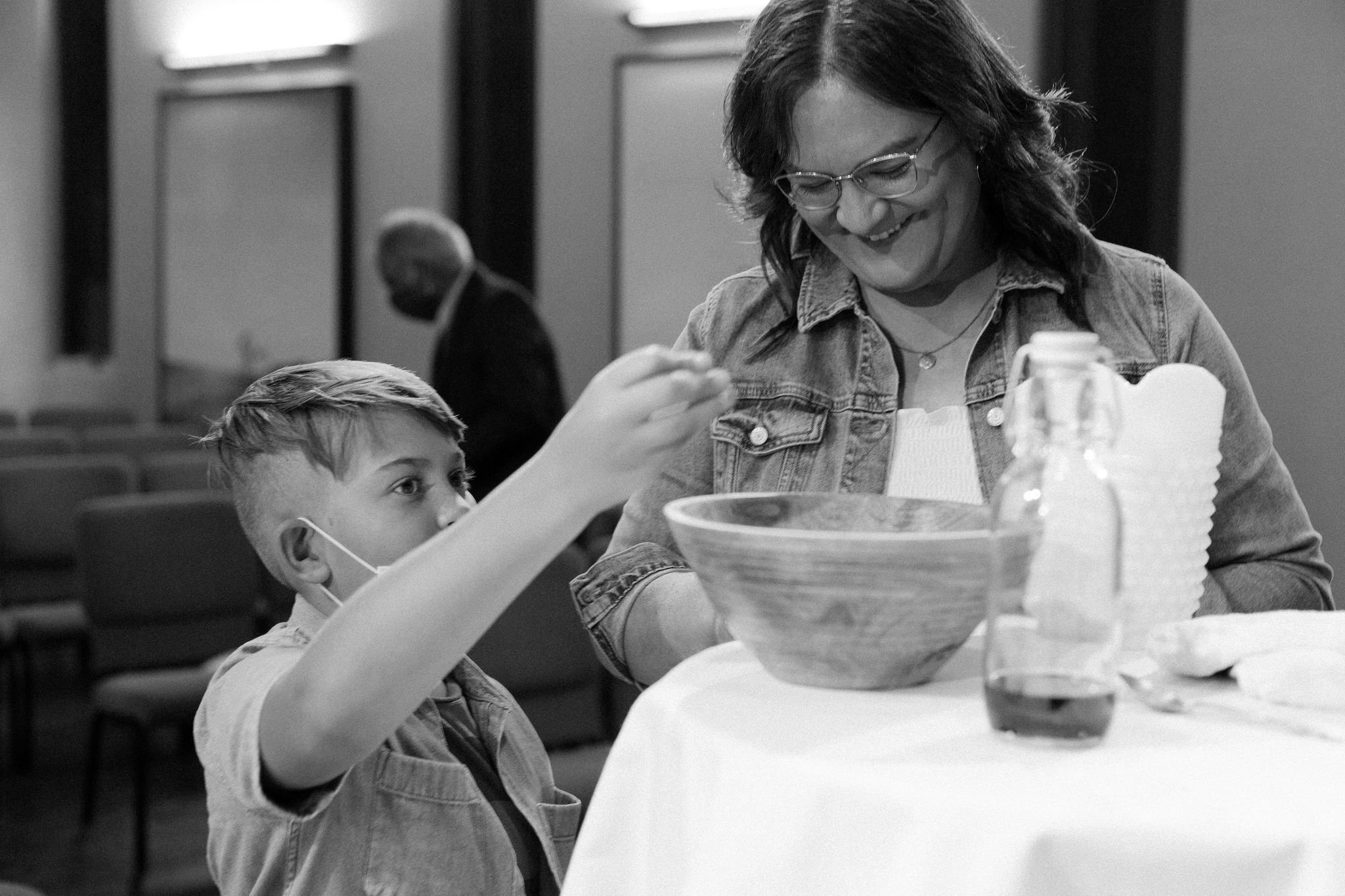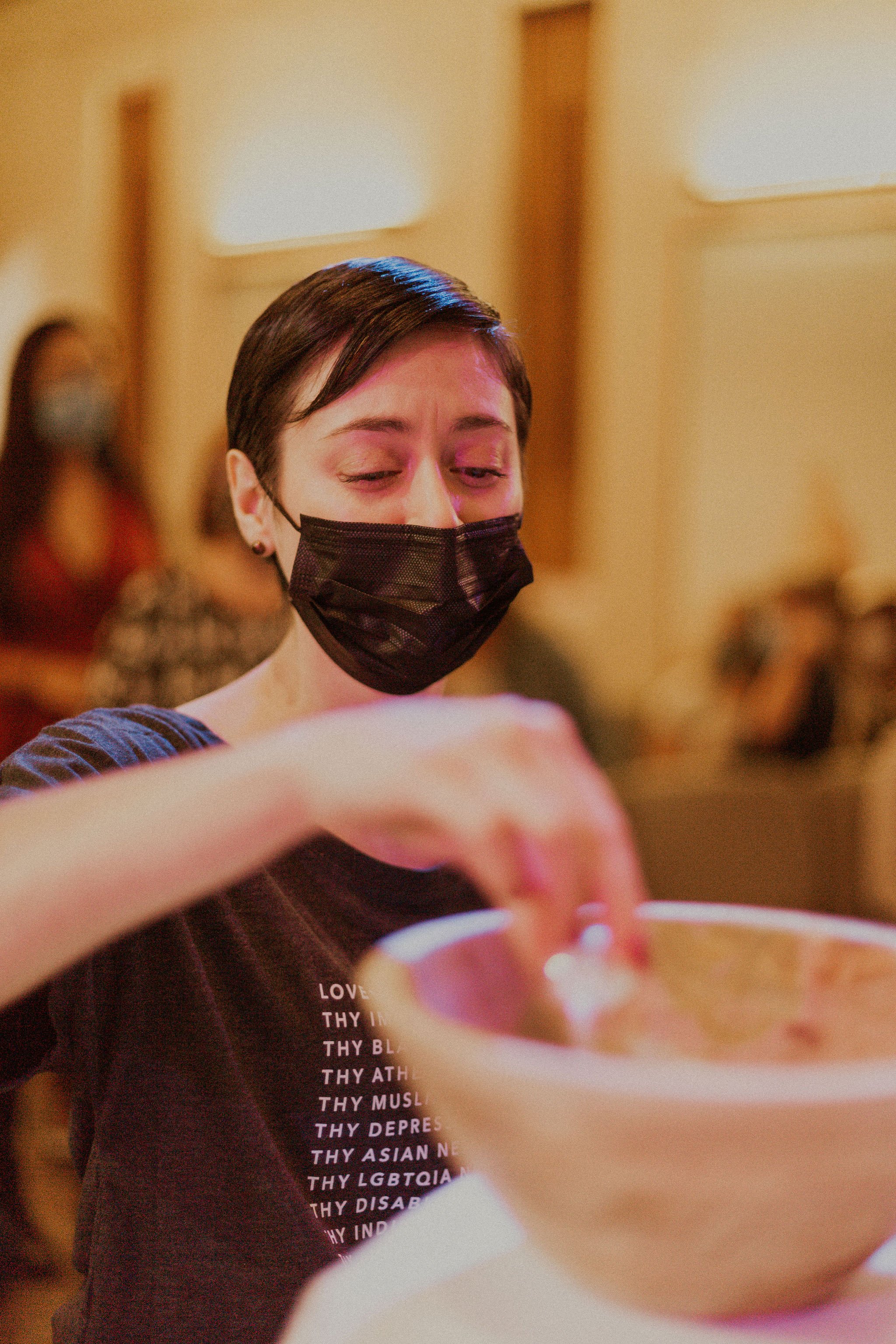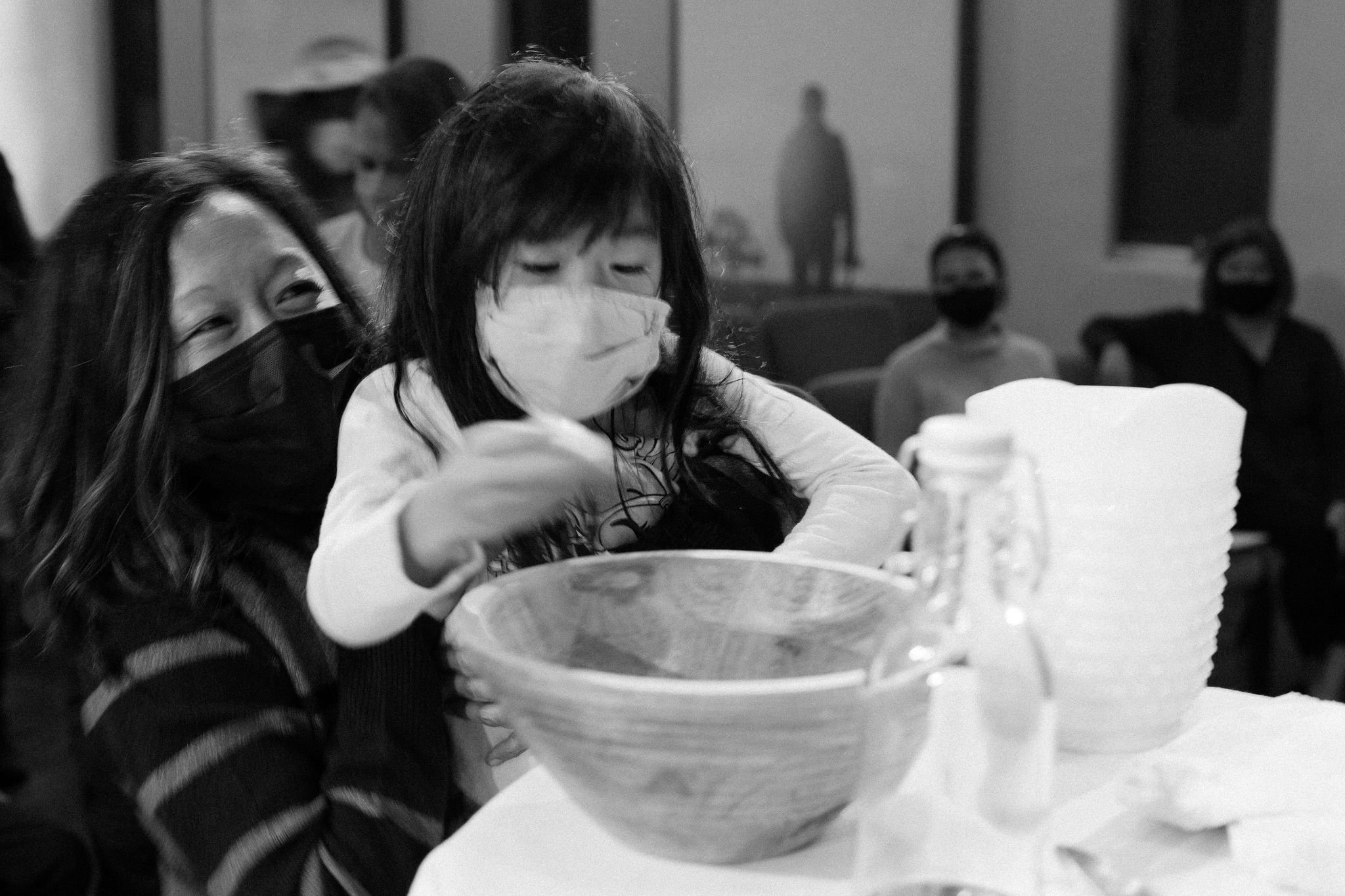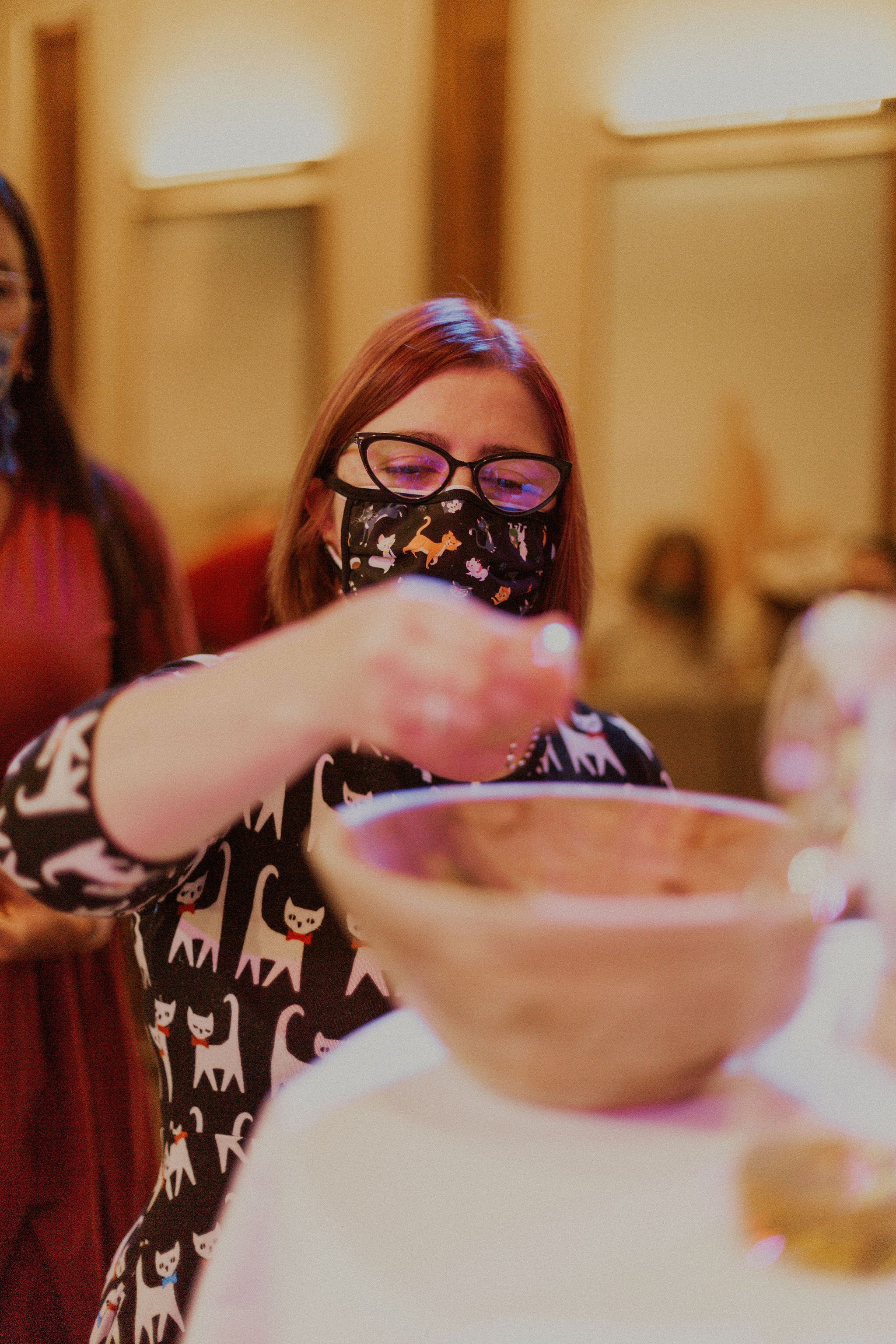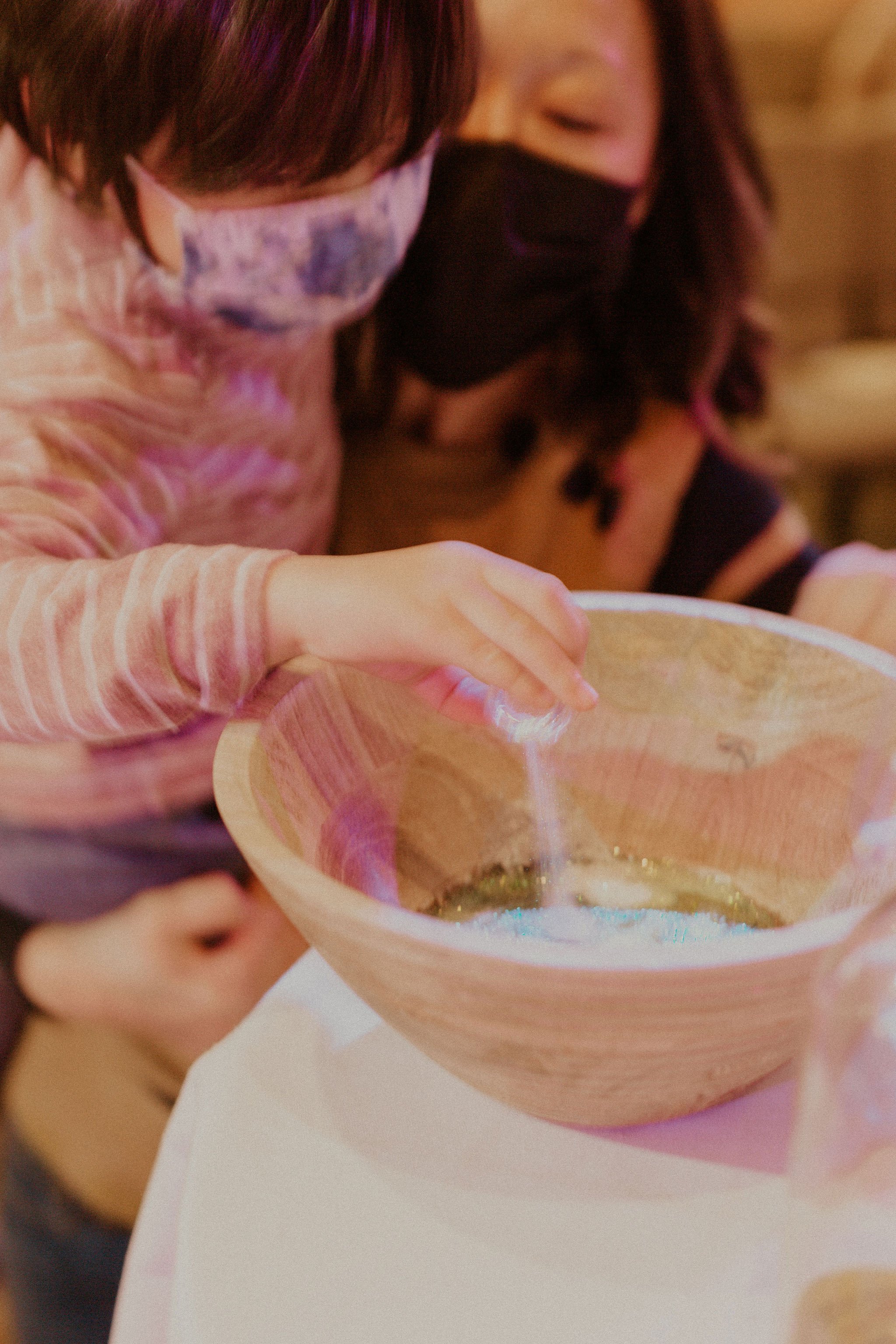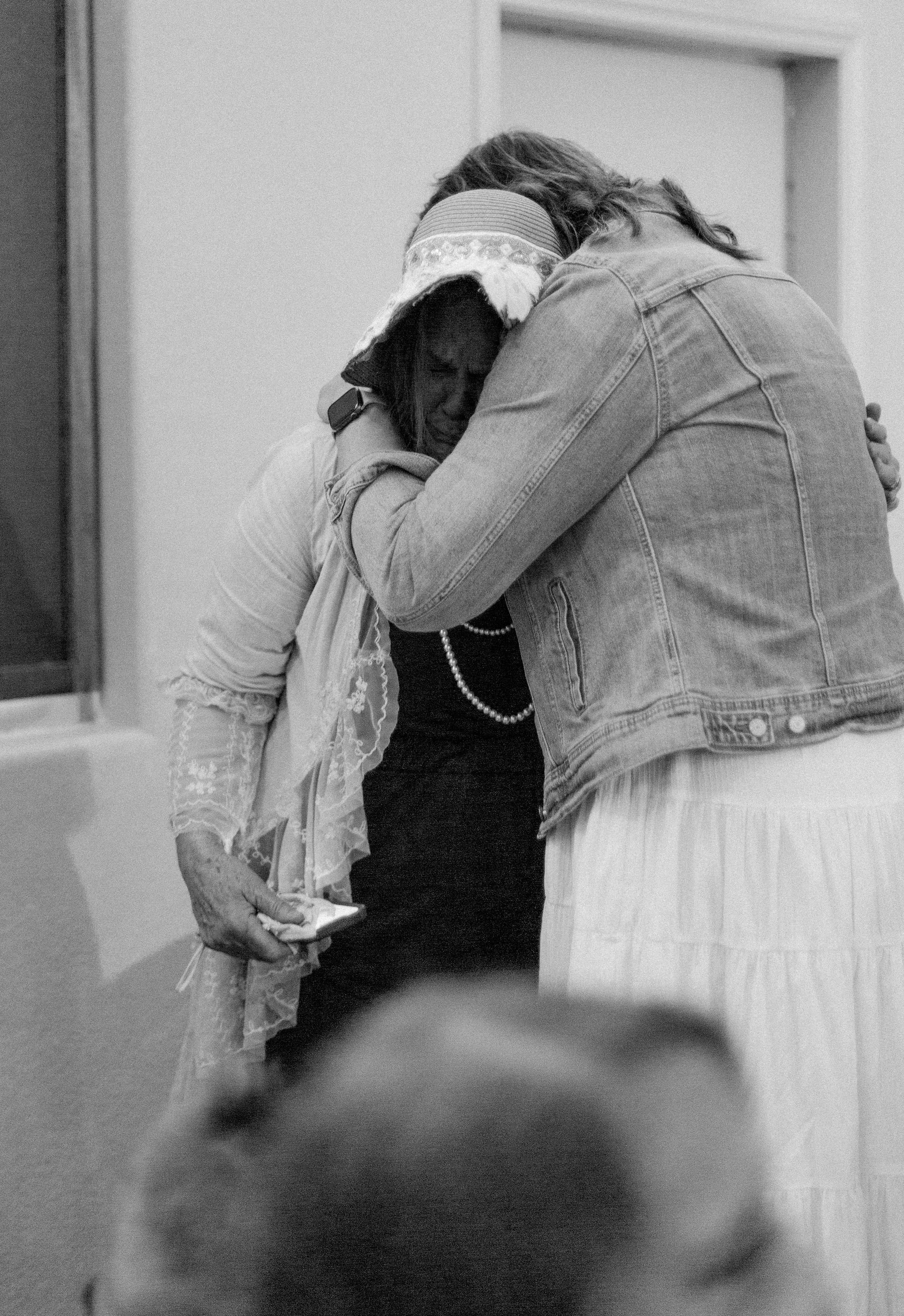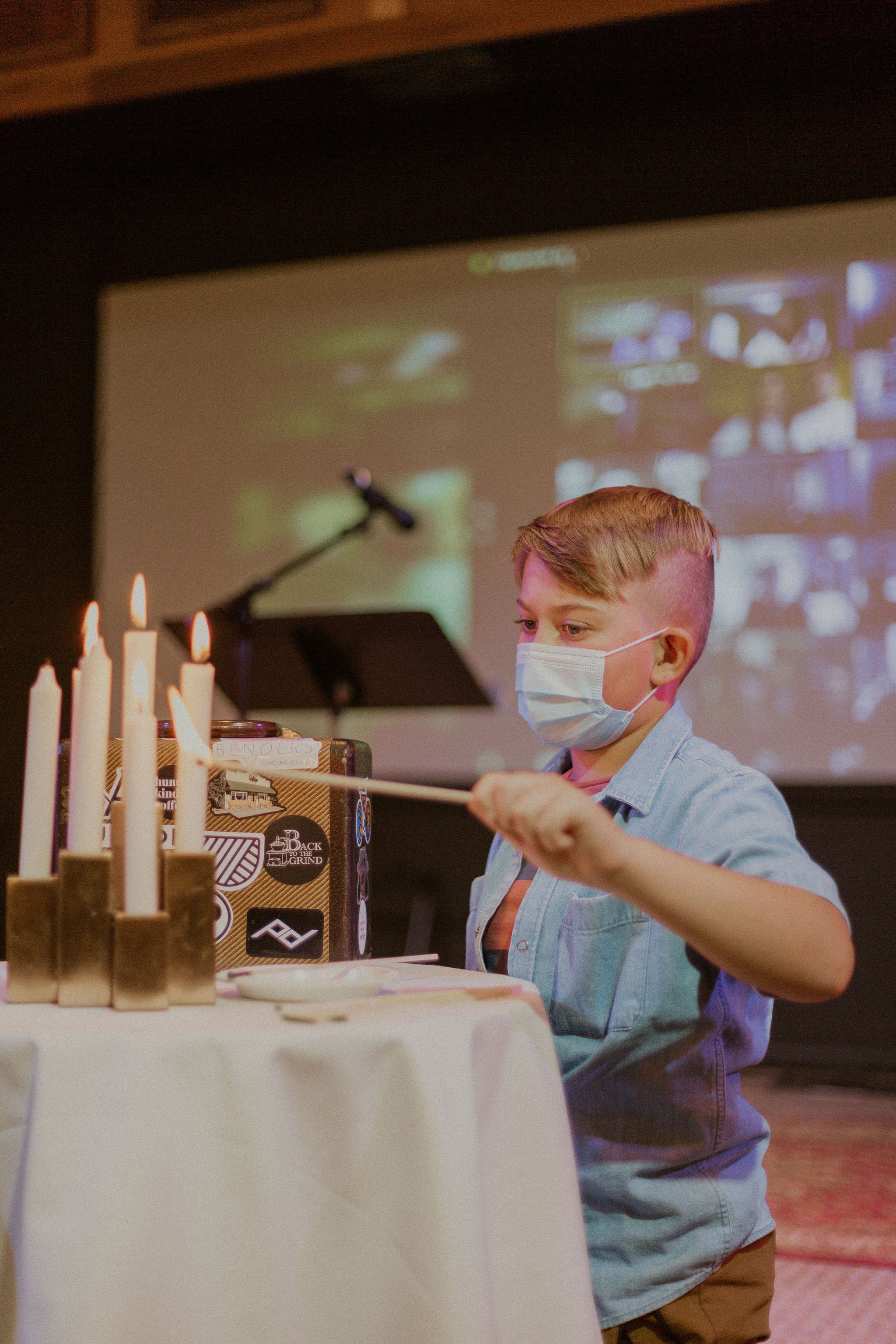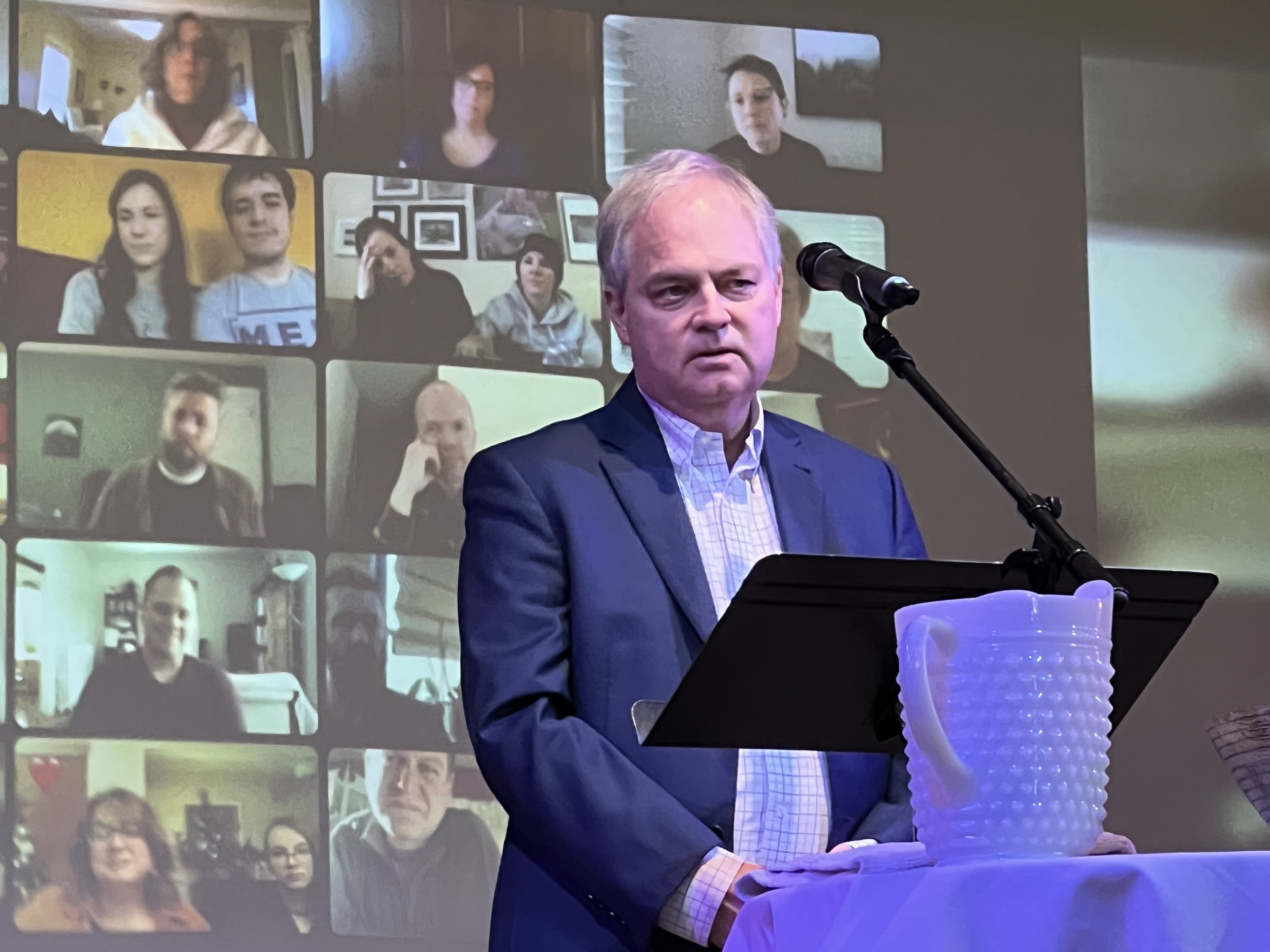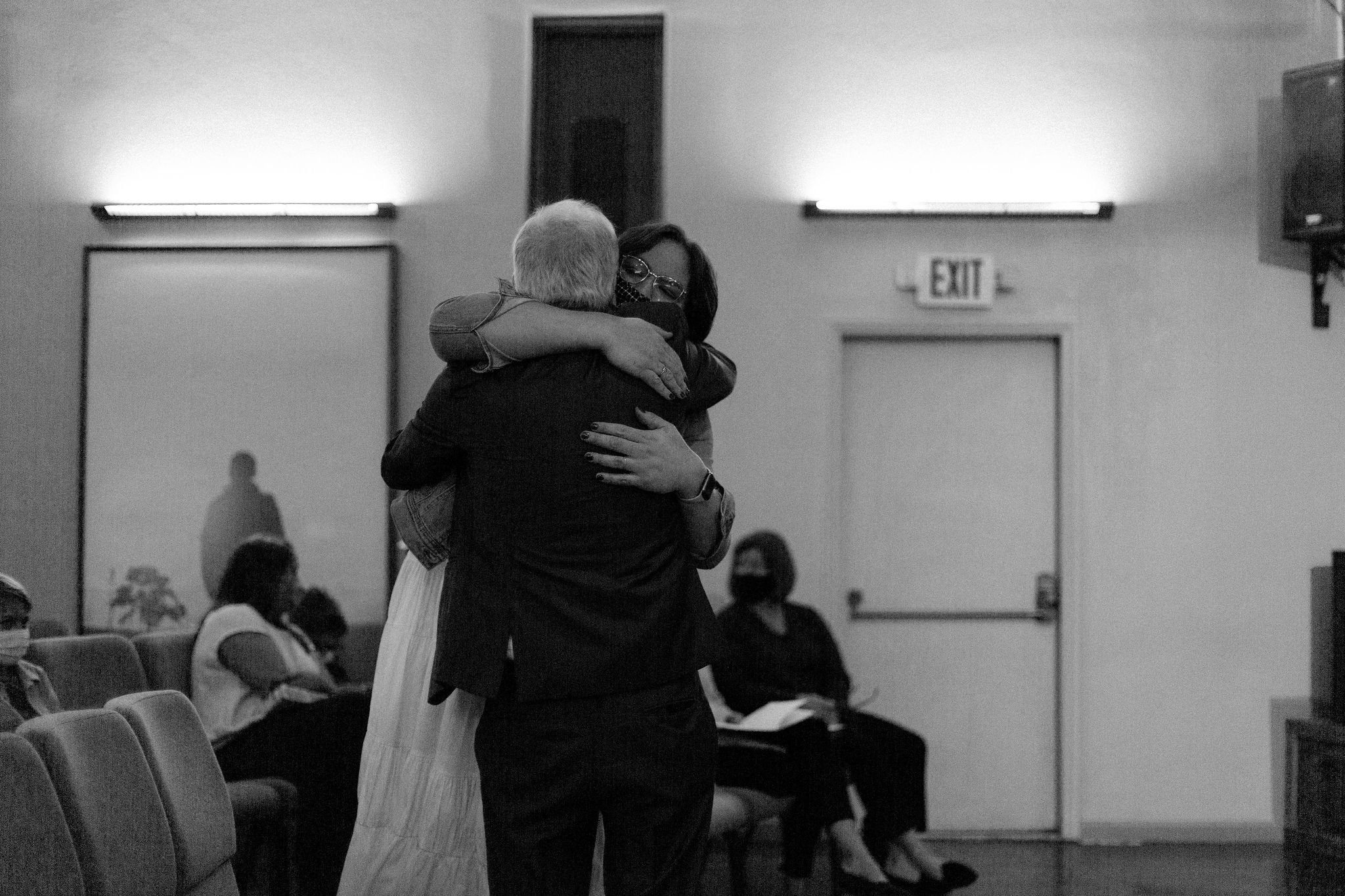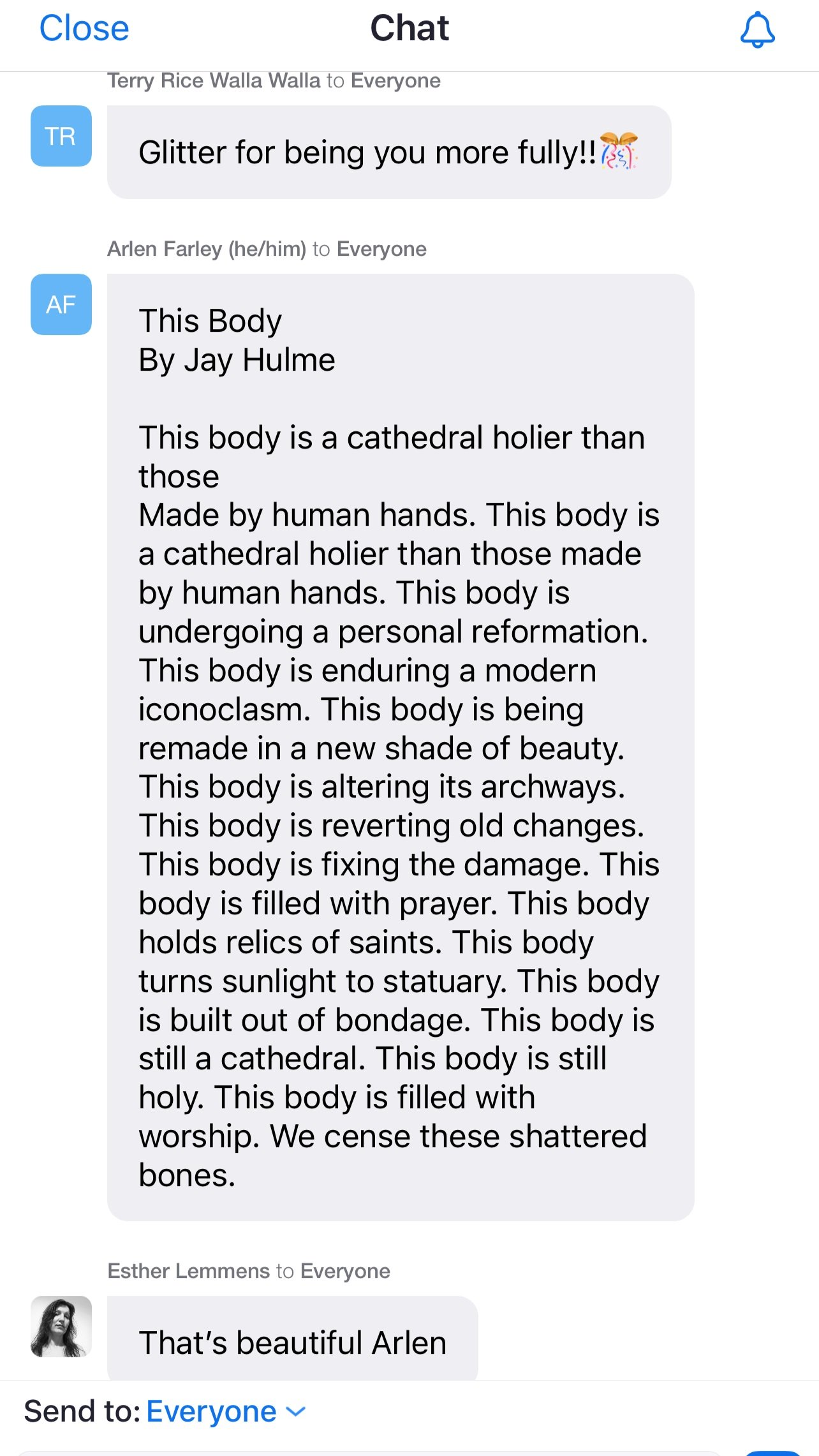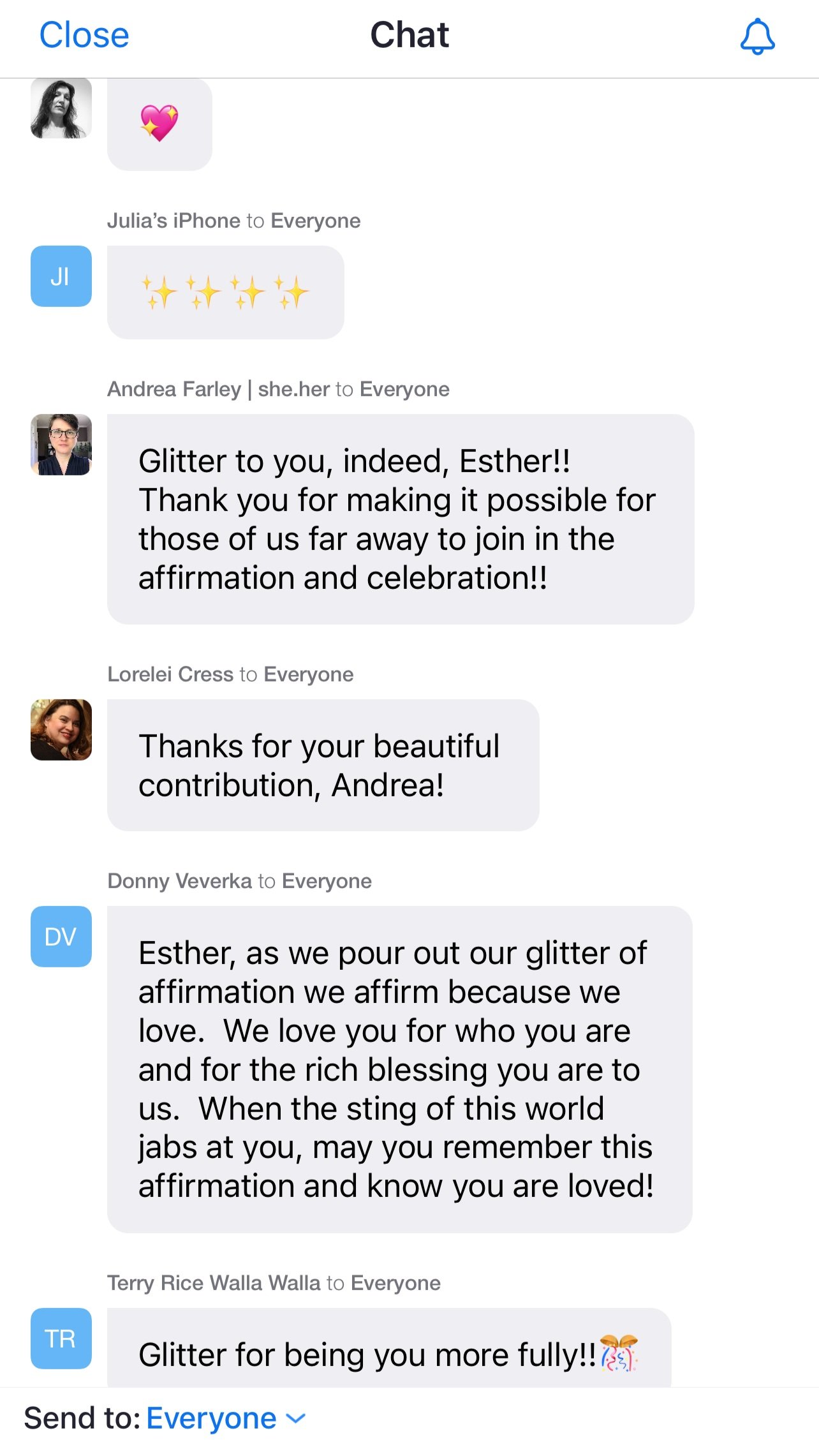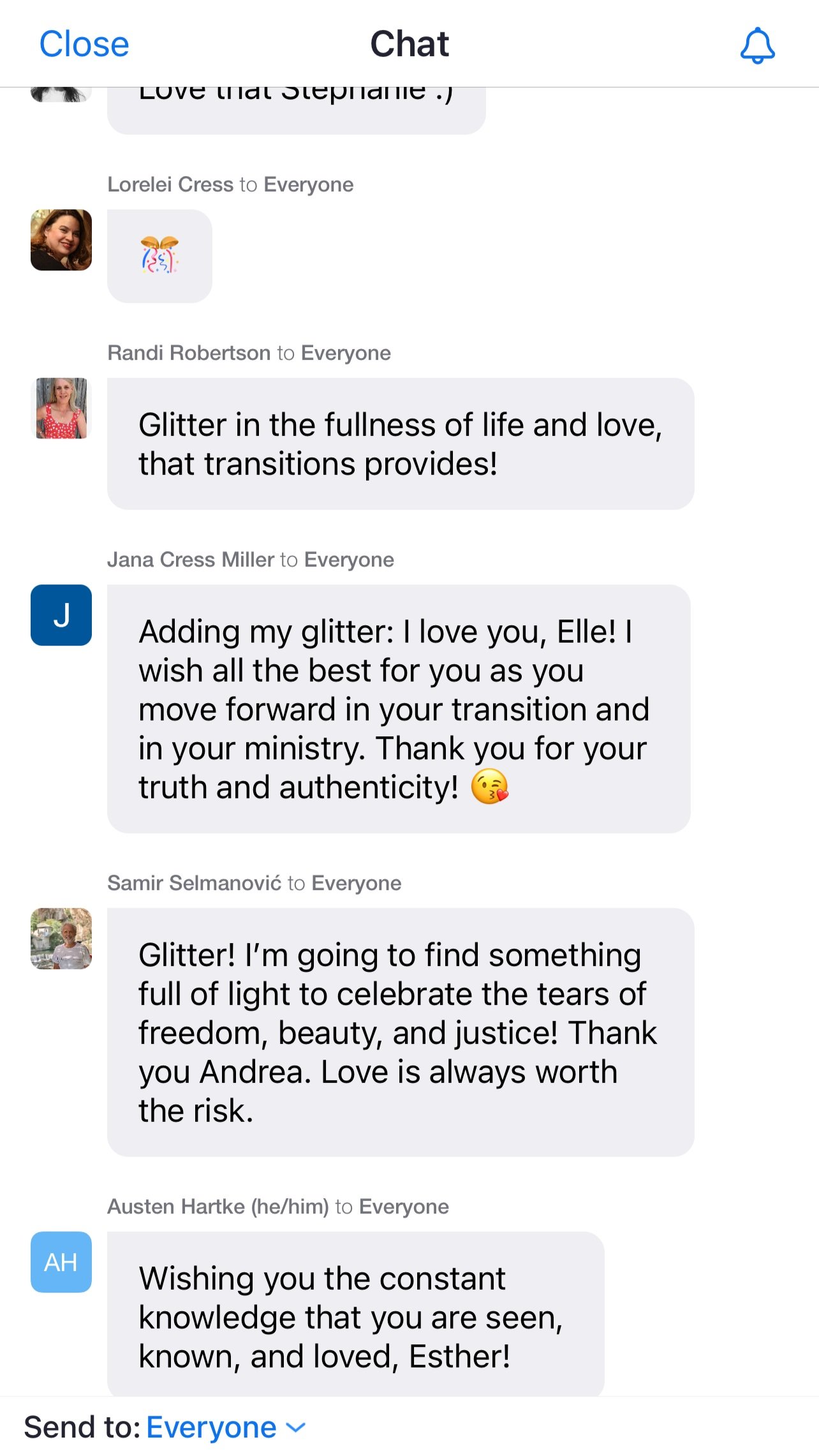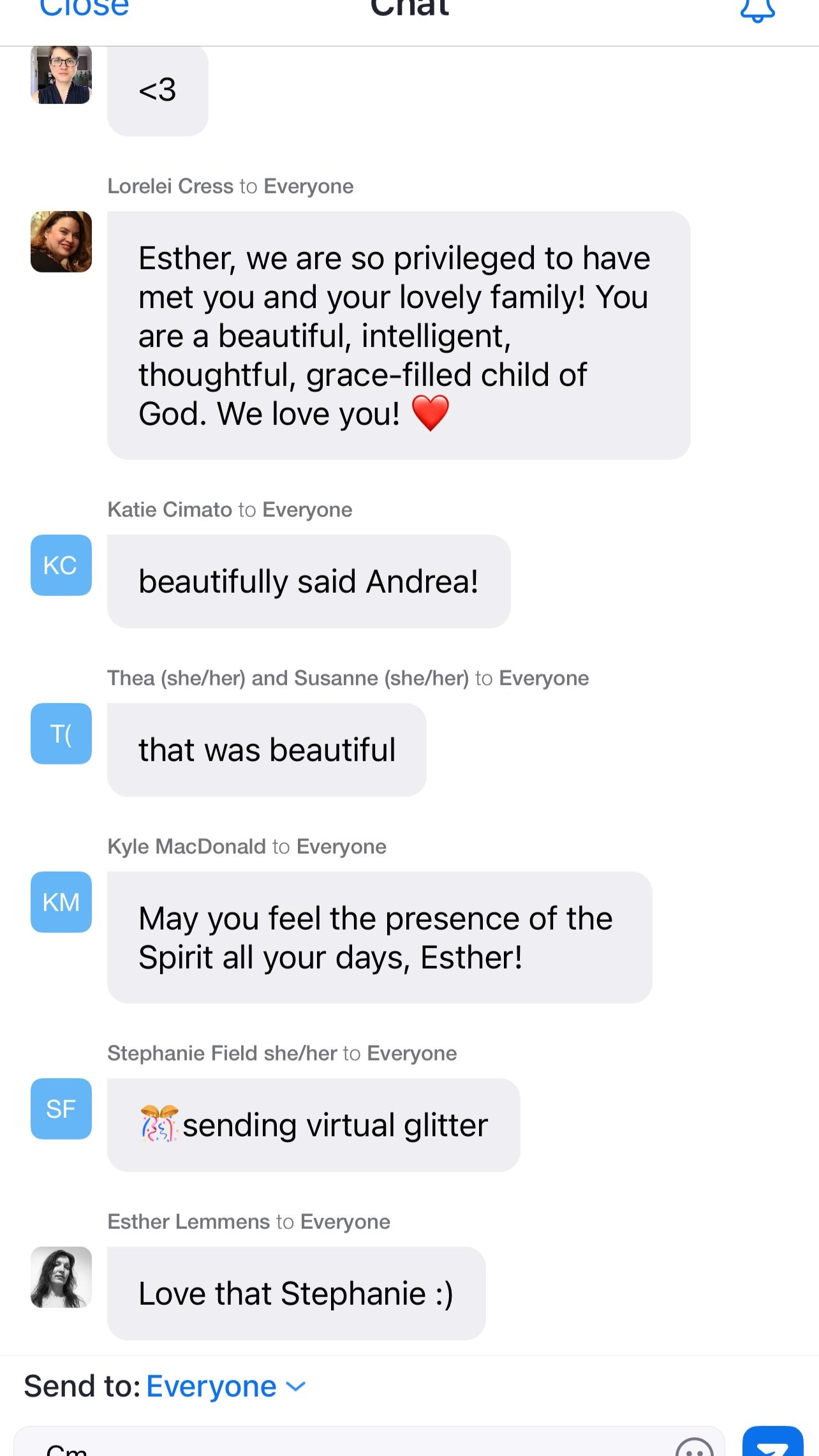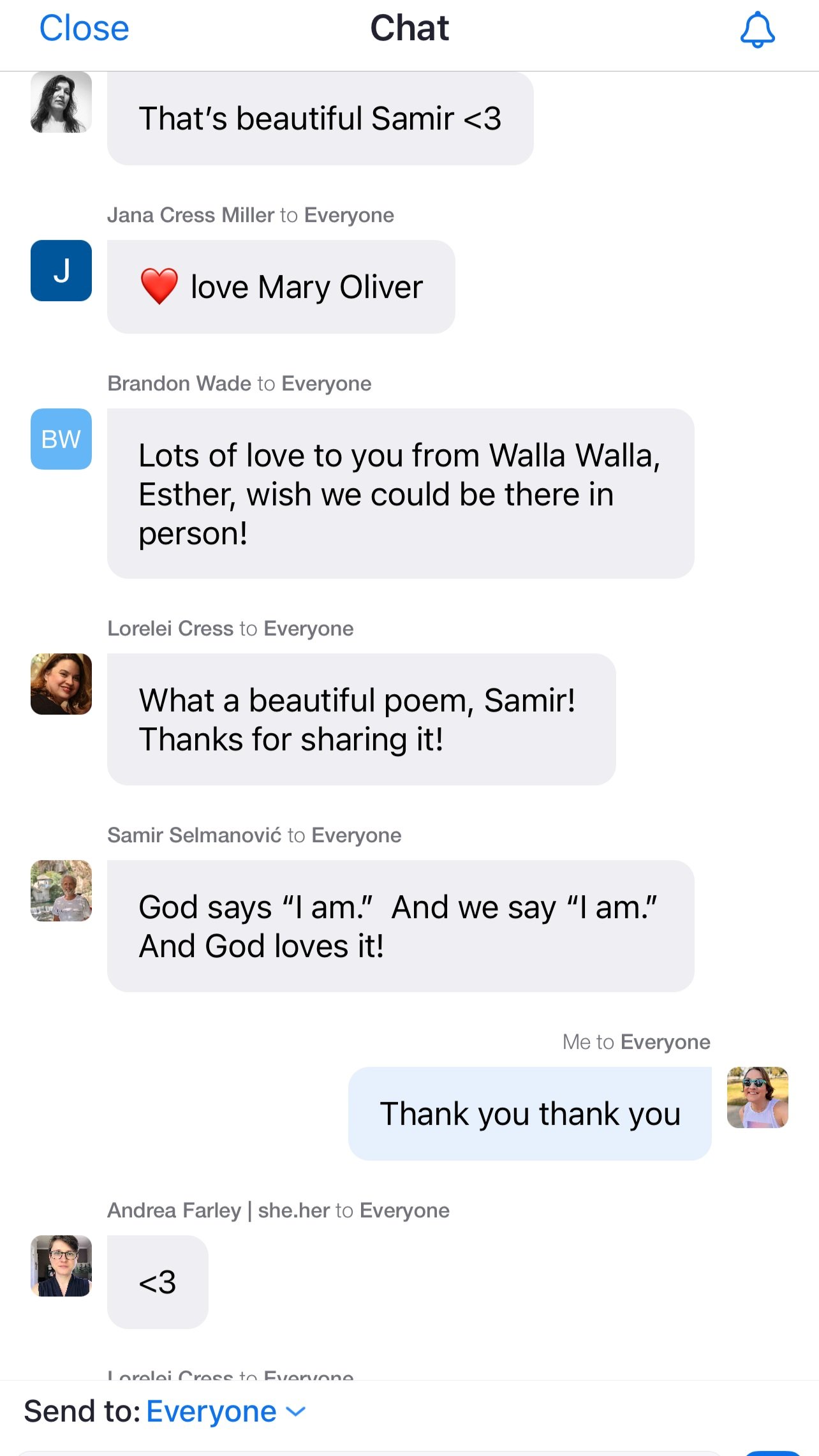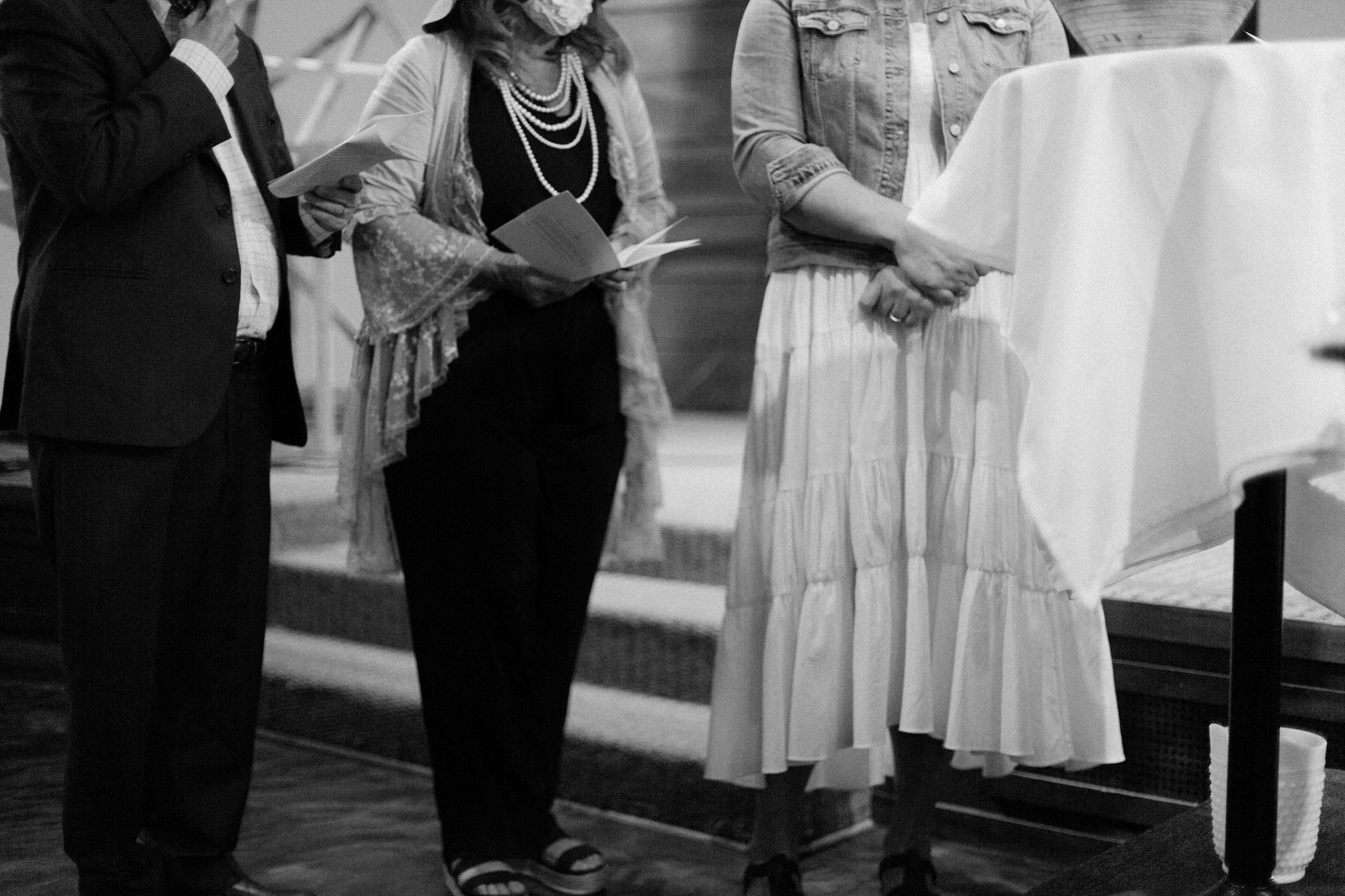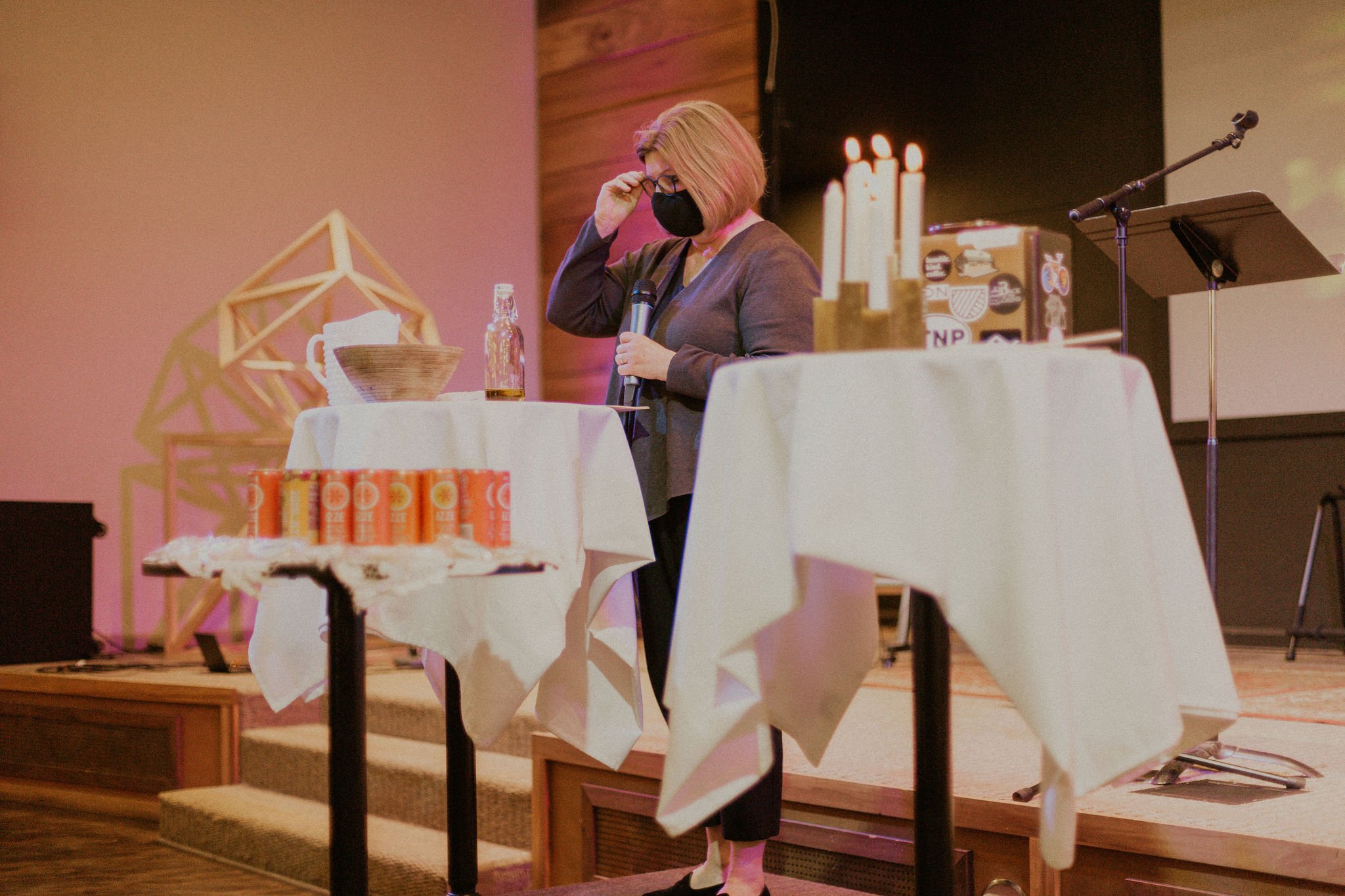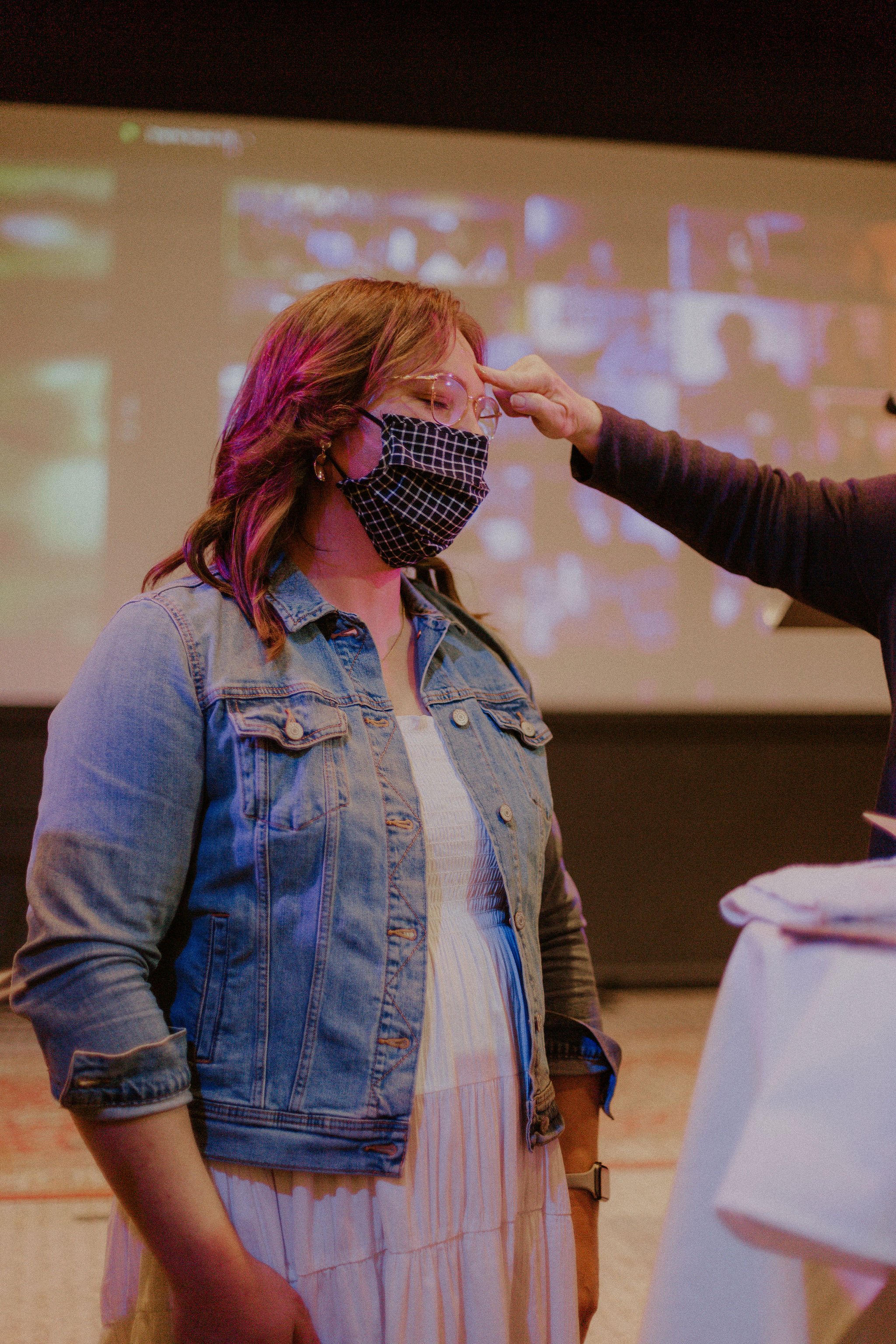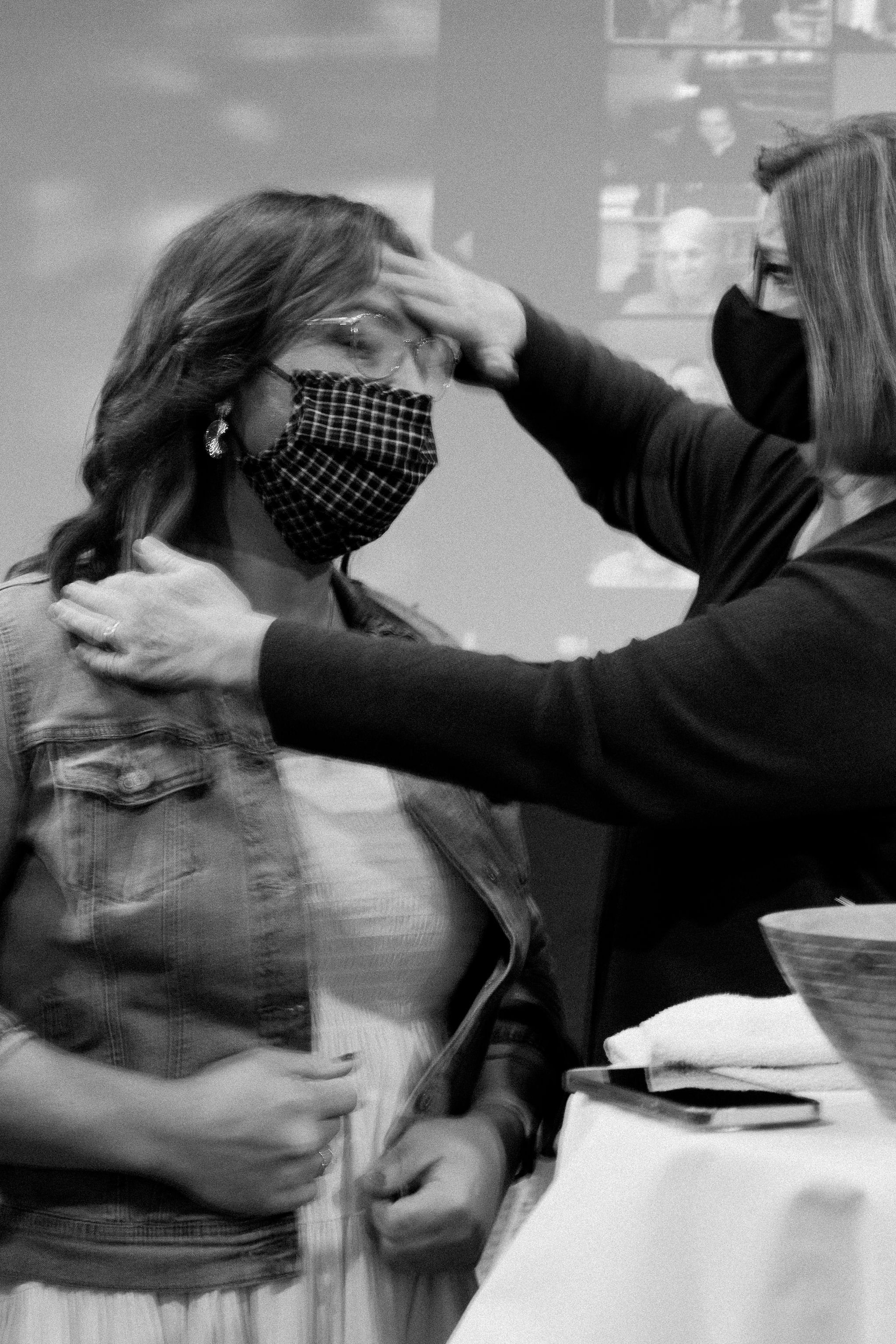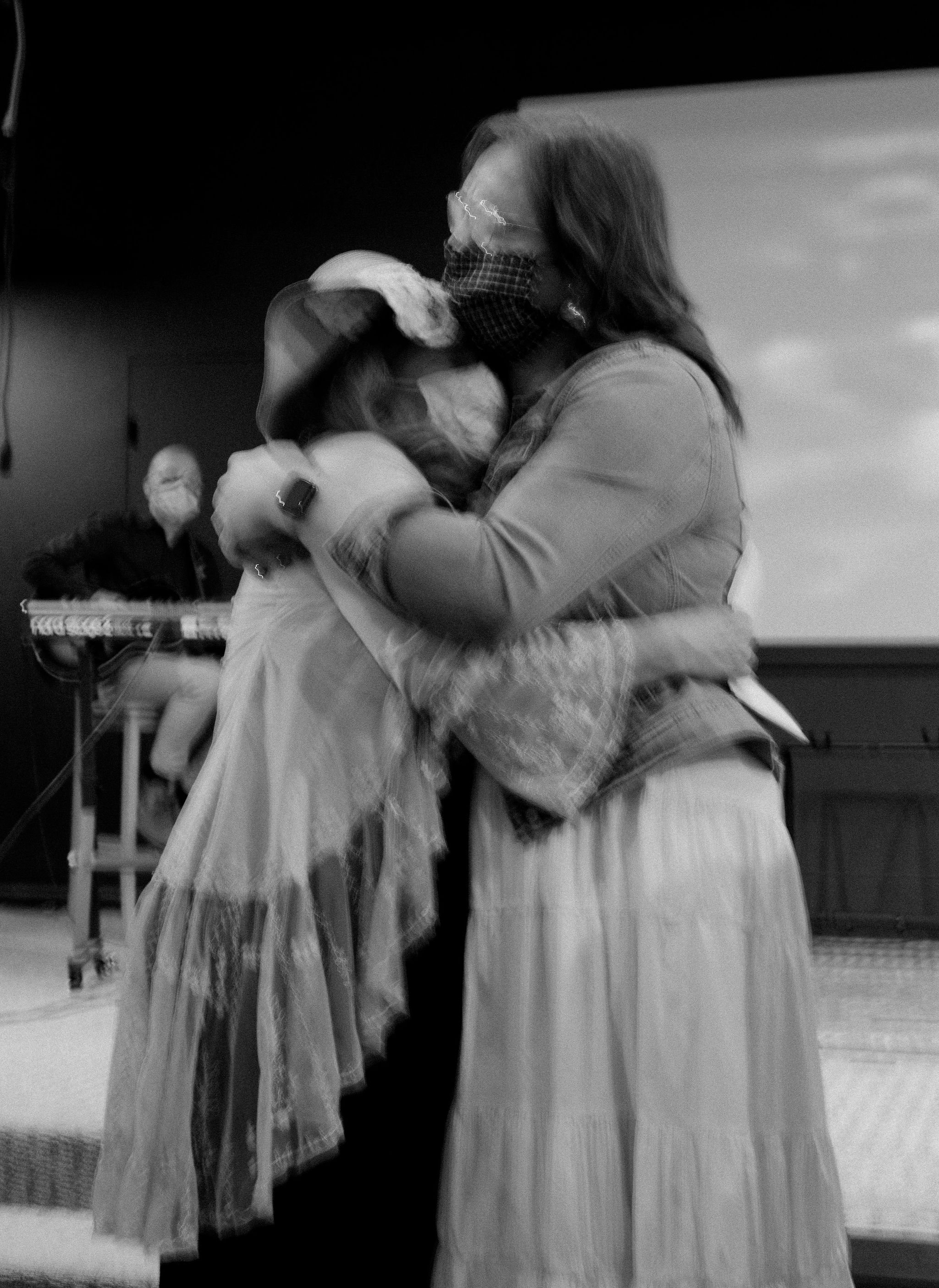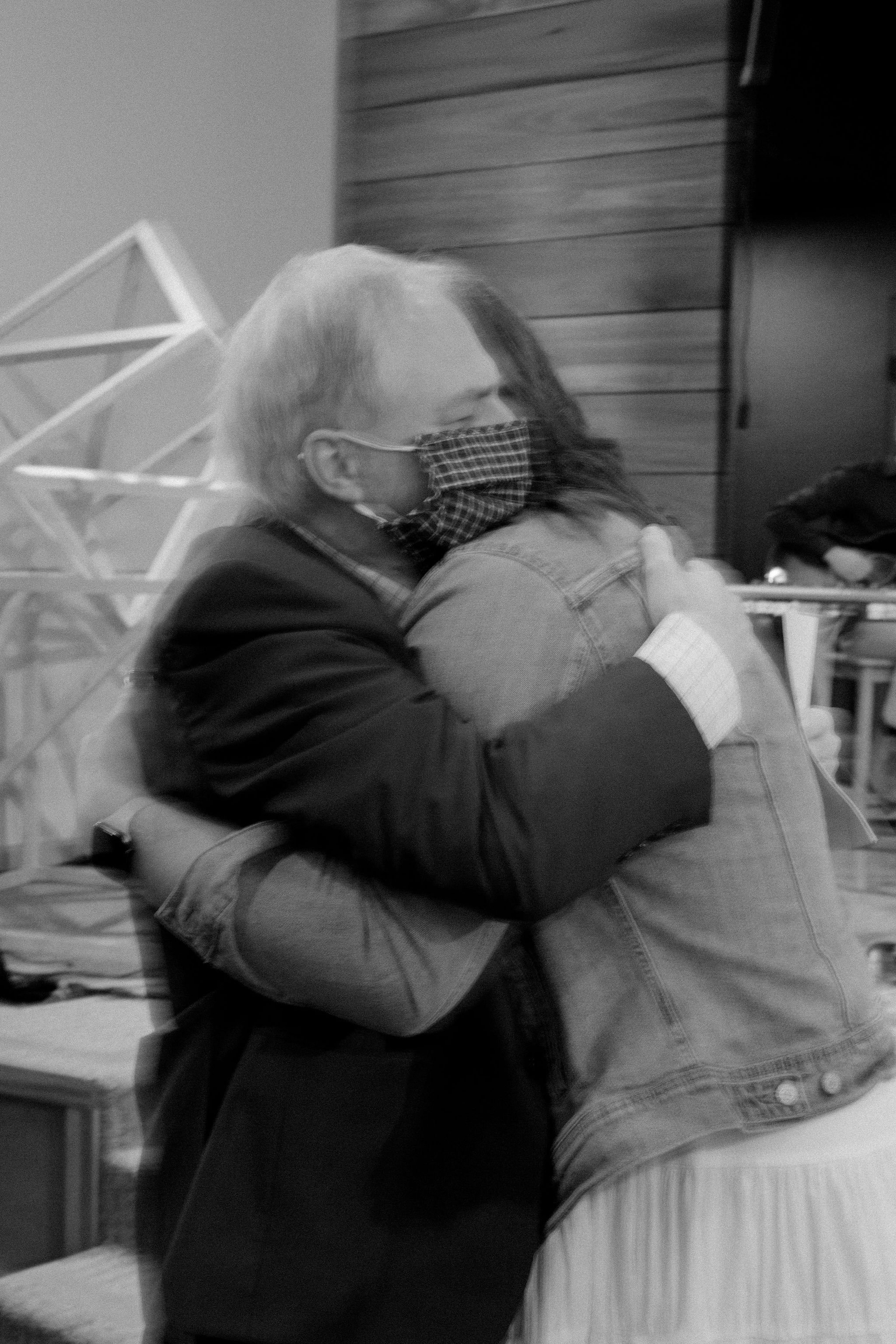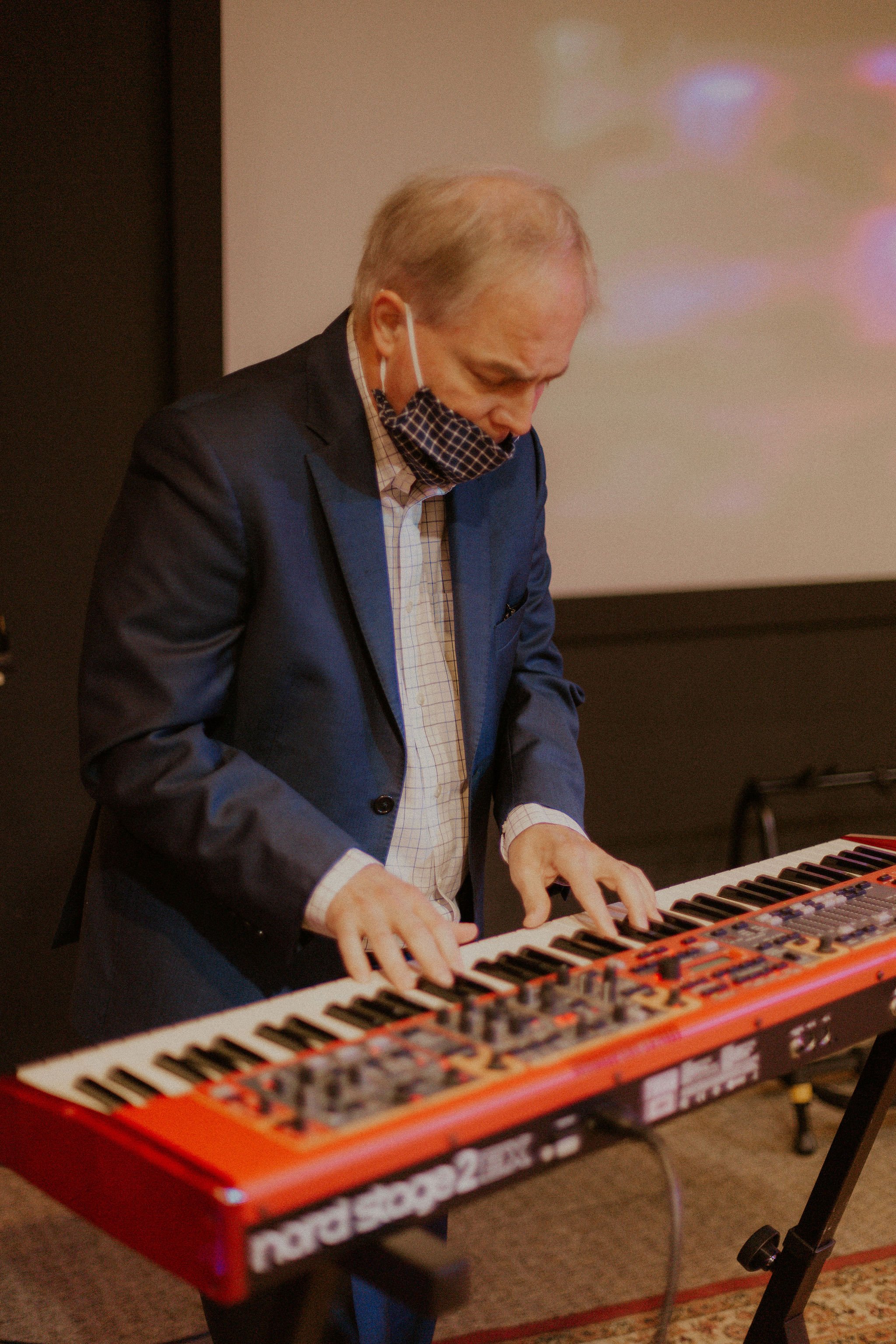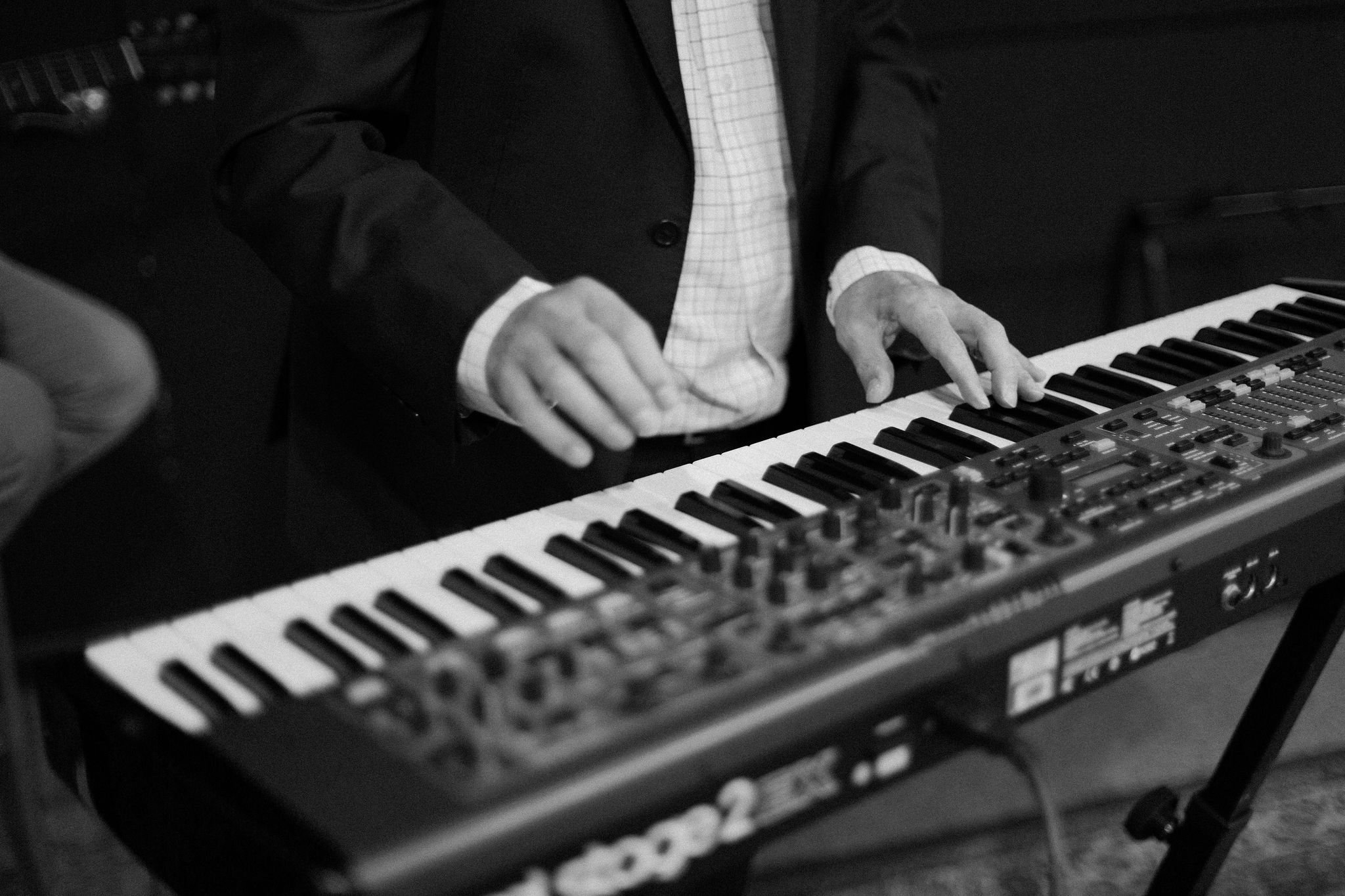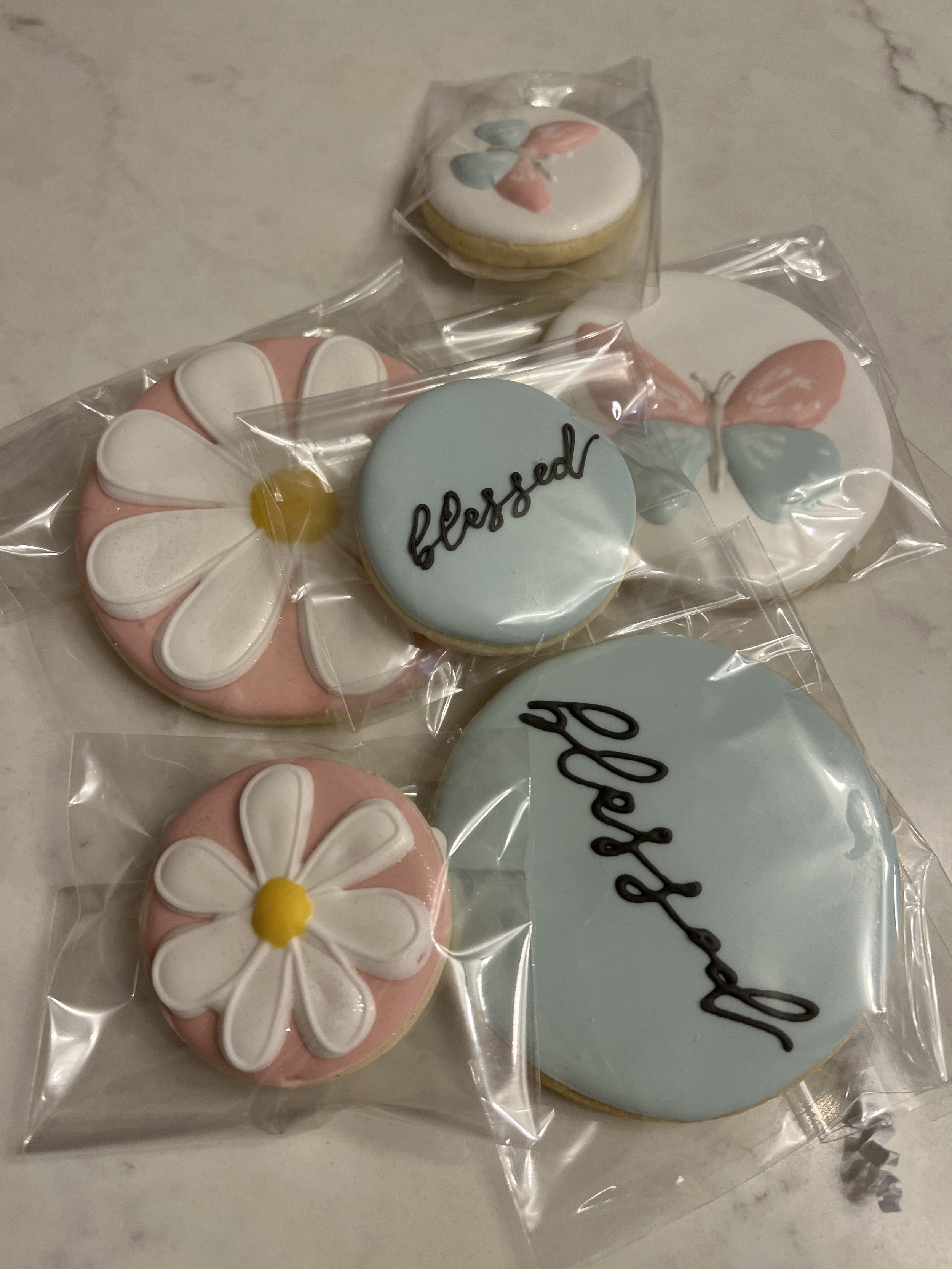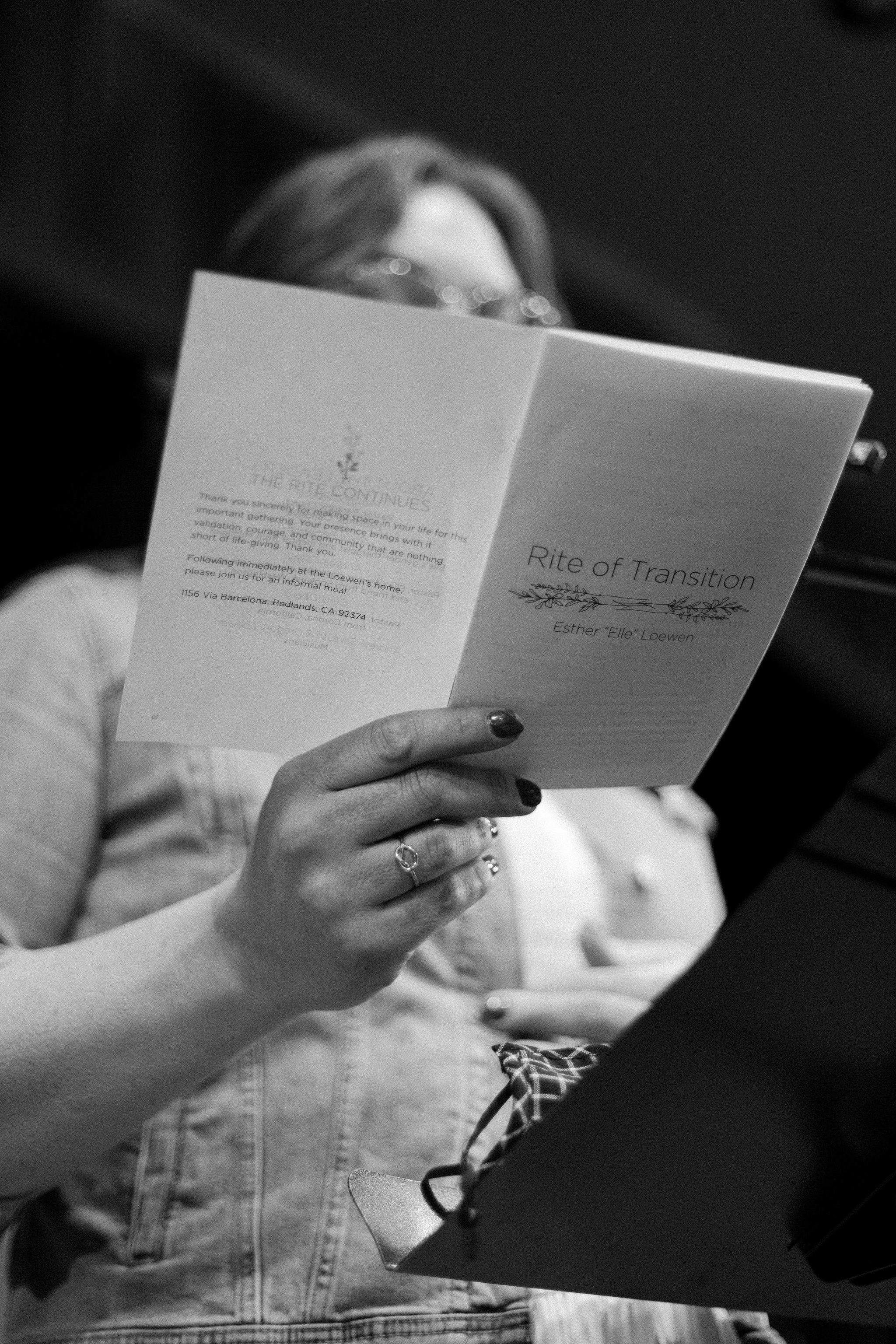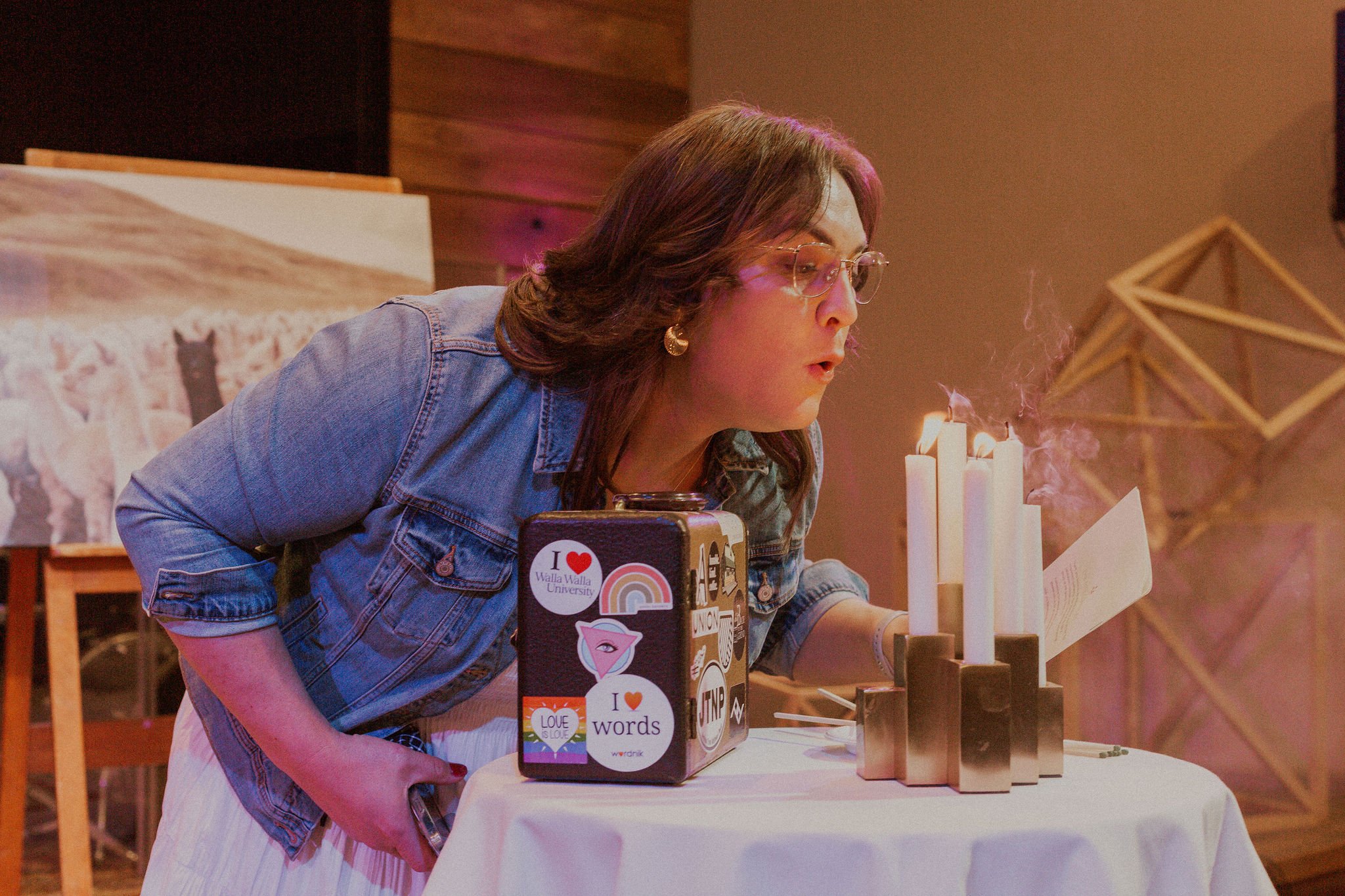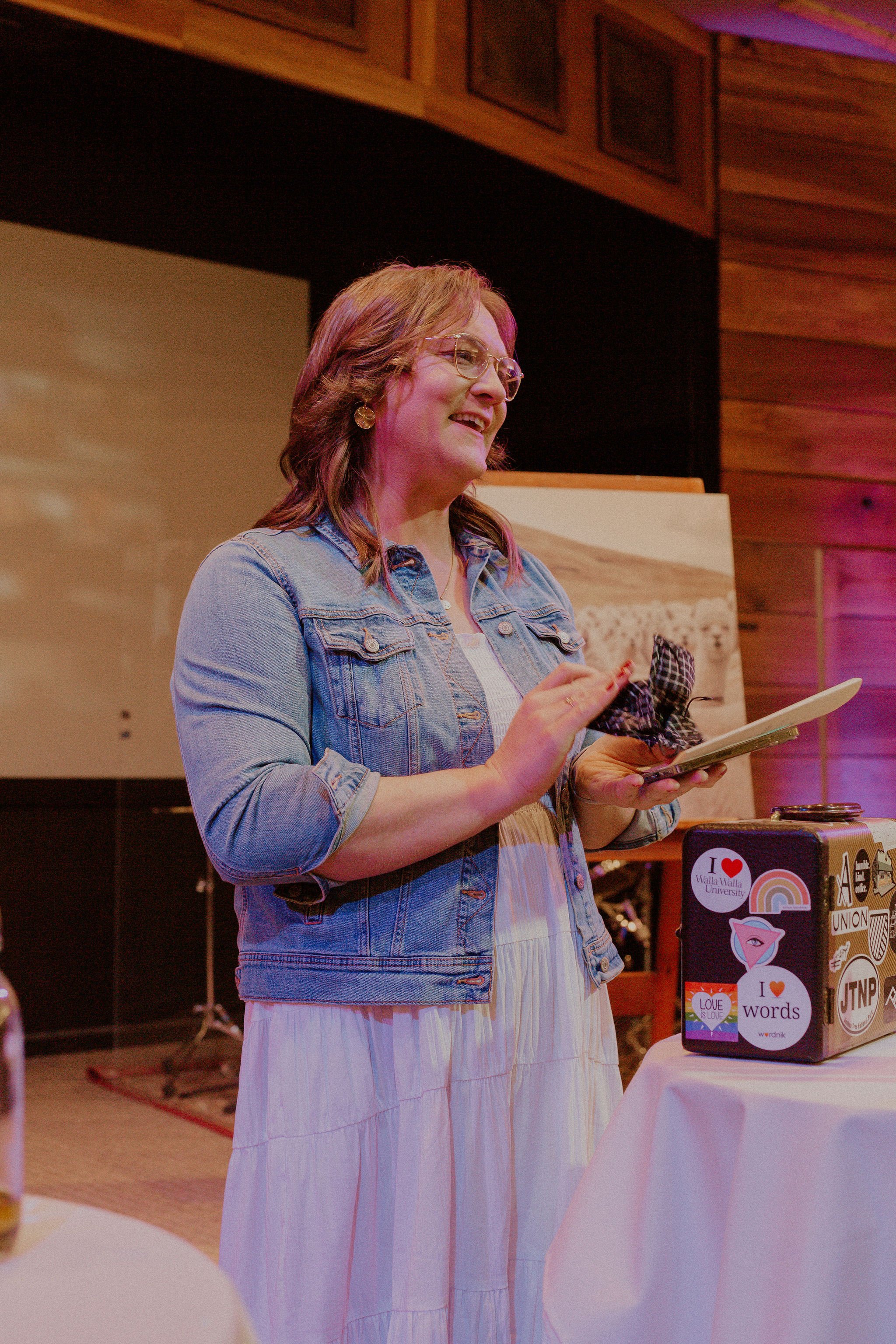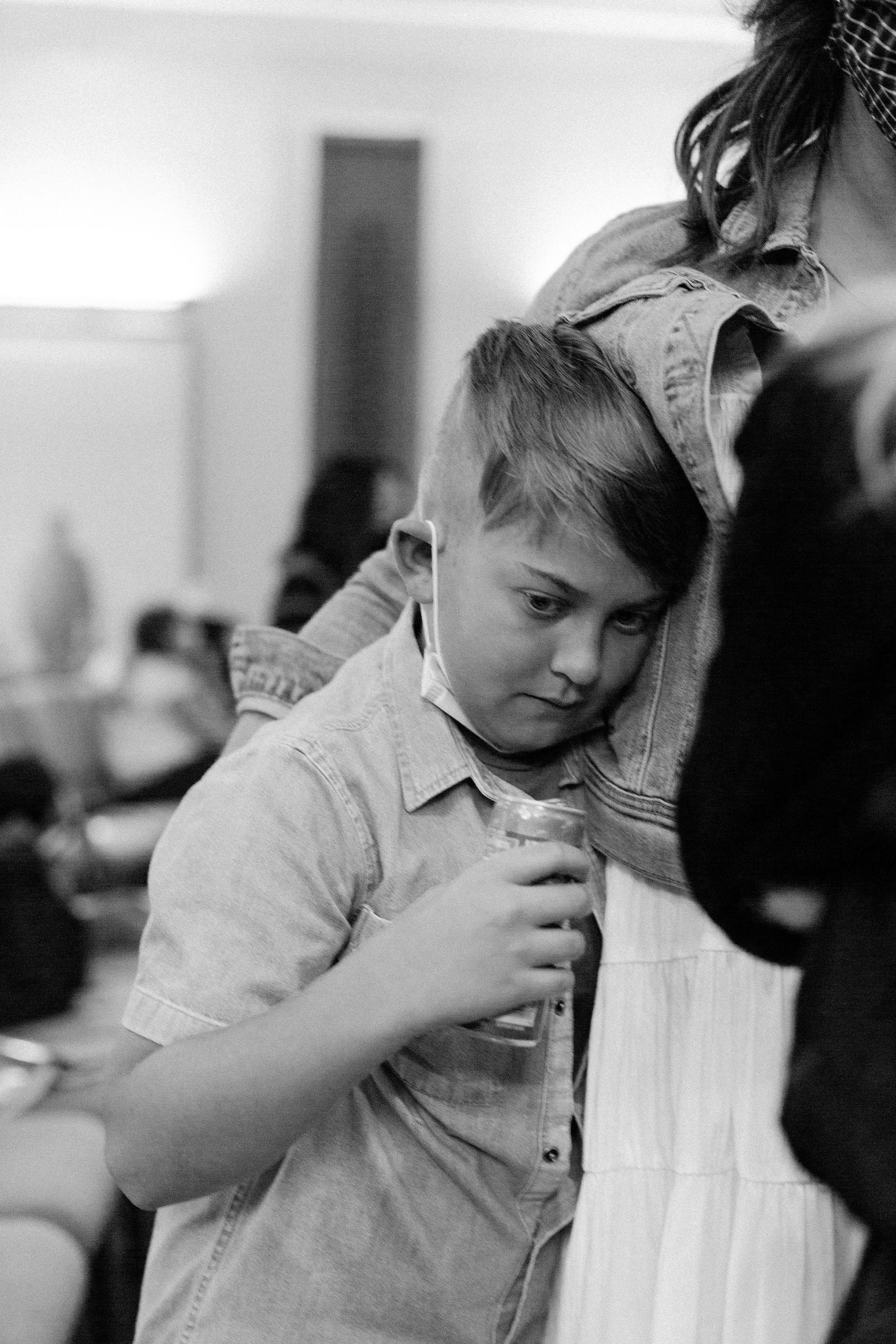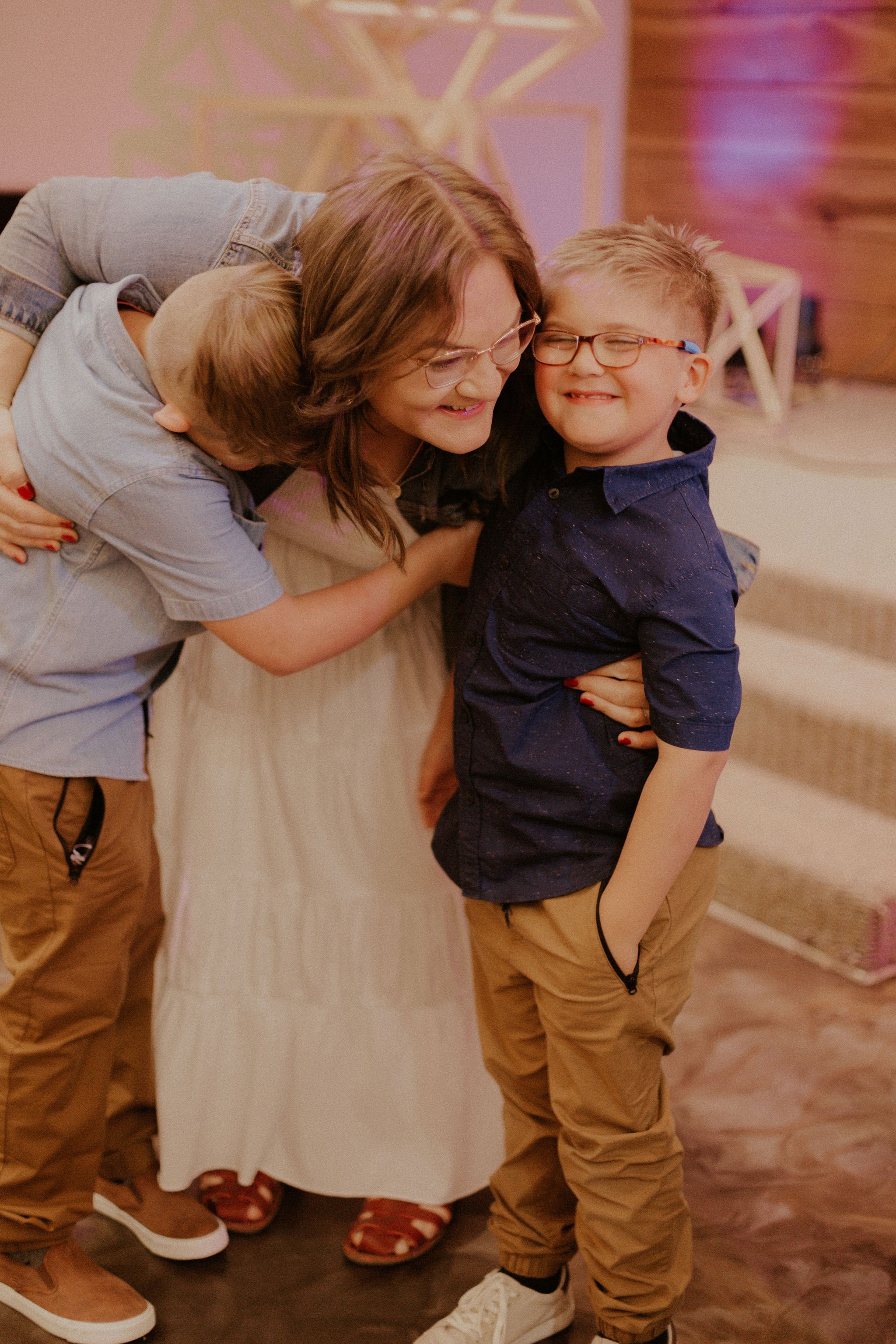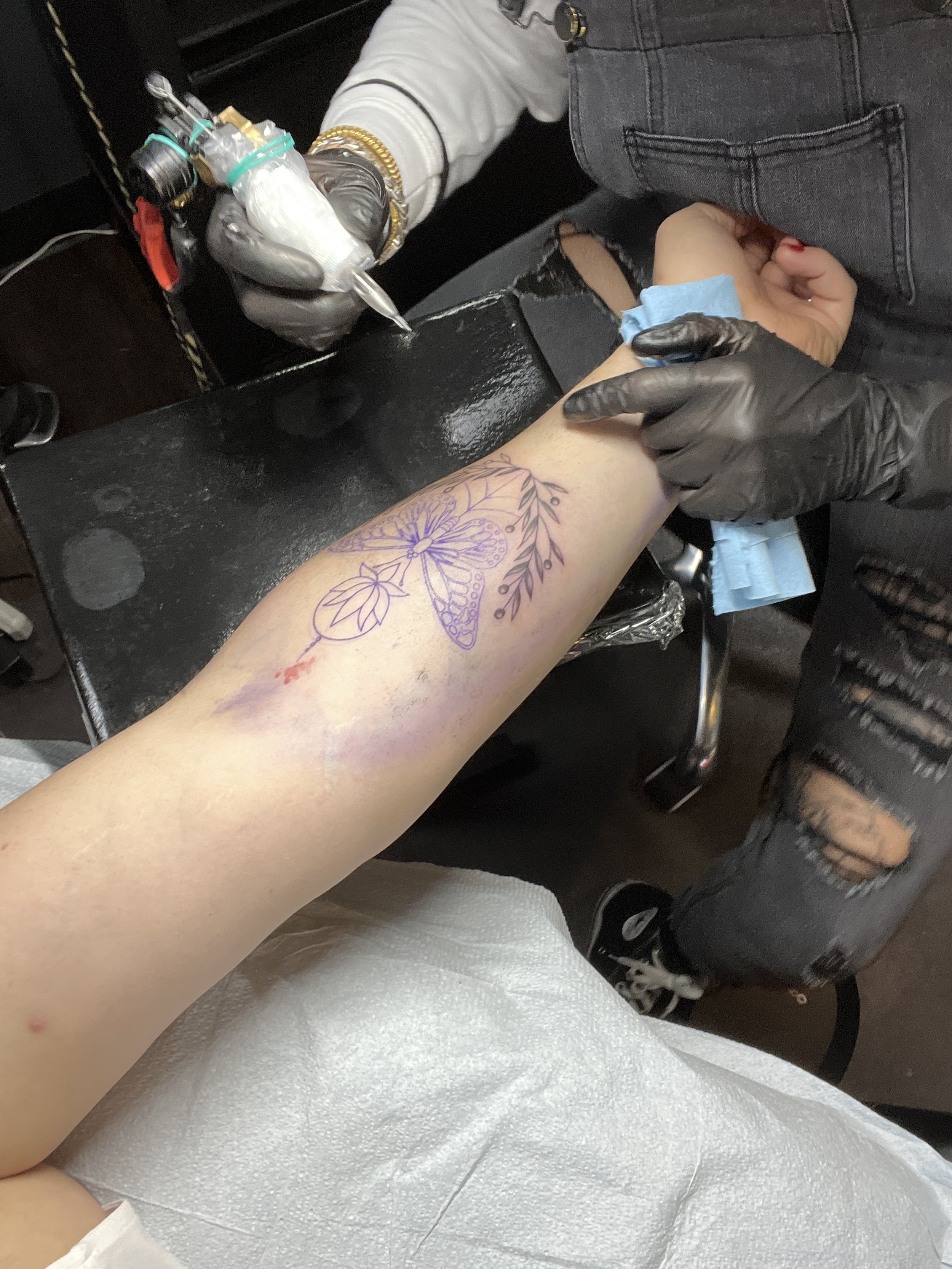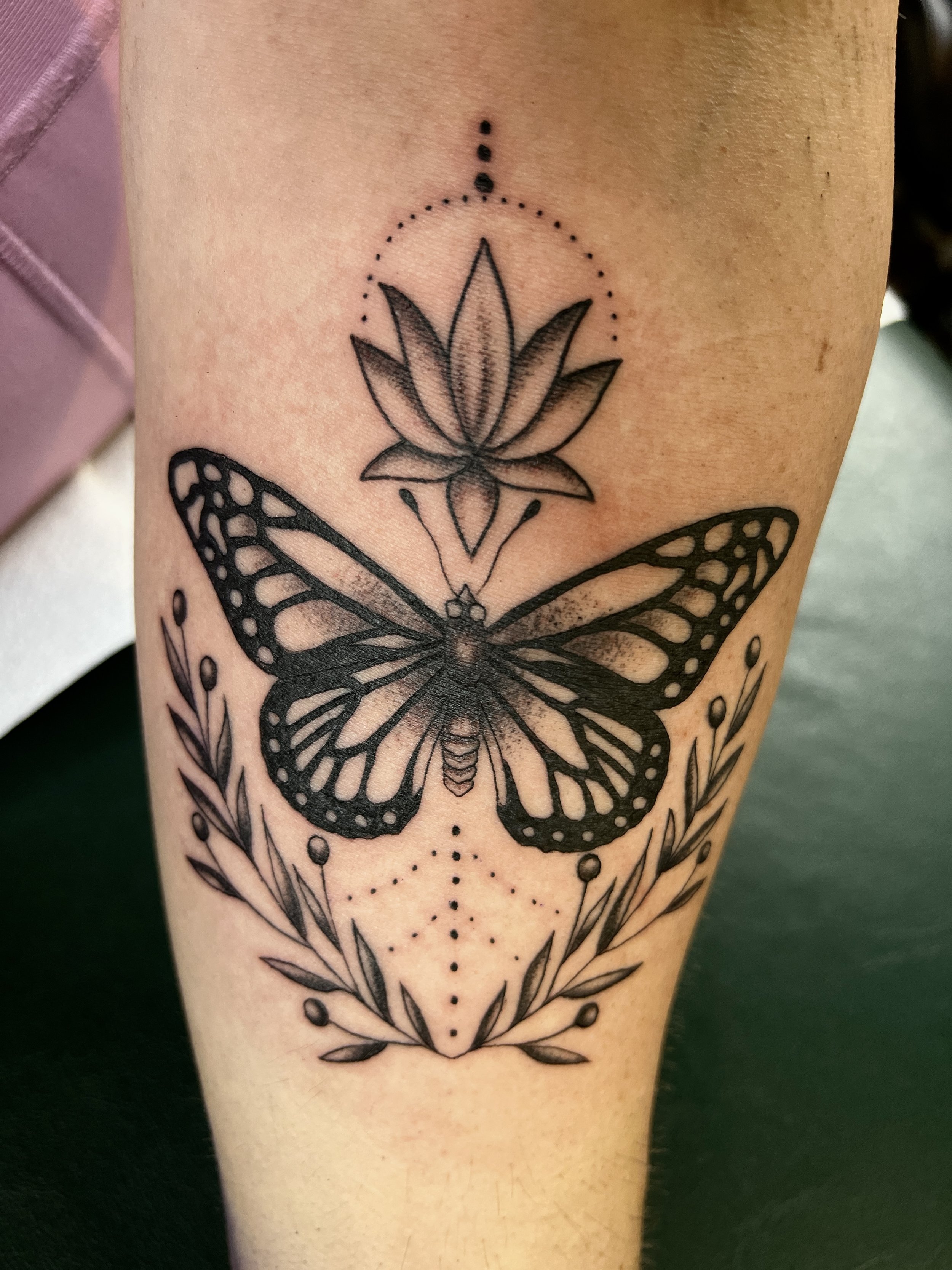Rite of Transition: A Ritual of Rebirth
PC: Madison Gang of Madison Ave. Photography
For centuries, cultures across the world have created rites of passage to mark significant life transitions. In their most basic form, these initiations solemnize a person’s change in societal status. Perhaps most often, rites of passage delineate the end of childhood from the beginning of adulthood. But other times, they are independent of age, and instead defined by religious or civil commitments. Sometimes rites of passage involve formal pageantry, in other instances they are understated, and in a few, they are so subtle so as to be unspoken!
For most transgender people living today, changing gender presentations isn’t accompanied by soulful ceremonies and joyful celebrations. Instead, our initiations are often decidedly traumatic: relational estrangement, unemployment, ex-communication, pariah status, and so on. I don’t think it has to be that way (and certainly what I see in my corner of Southern California gives me hope that it won’t always). One small change agent might be creating ceremonial rites of passage that will serve as cultural markers: recognizing, validating, and commemorating the profound and often spiritual experience of transitioning.
This work has already begun. In constructing my own “Rite of Transition”, I consulted with an array of spiritual leaders who had facilitated such ceremonies for themselves or their congregations. As such, I am indebted to Maki Ashe Van Steenwyk, the Metropolitan Church of Christ (MCC), Unitarian Universalist Association (UUA), Nadia Bolz Weber, Father Shannon T. Kearns, Rev. Dr. Cameron Partridge, Rabbi Eli Kukla, Rev. Fred L. Hammond, and others. For these beautiful generous people, as well as to transgender people who have lived and died before me, I am grateful.
My Rite of Transition ceremony was constructed, of course, with others in mind (I’ll get to that below) but first and foremost, I created it for me. I needed this. Unfortunately, living as a transgender person in the 21st Century is fraught with loss, rejection, prejudice, misunderstanding, and outright hatred. I needed this ceremony to emotionally situate what had happened to me, to defiantly reclaim my faith and my calling, to reassert my dignity as a human and as a woman, to mourn the losses, and to receive affirmation from my parents, family, and community. For me, it was a piece of sacred living artwork that demonstrated God’s blessing on my transition. Through the ceremony, yet again I experienced Her unconditional enthusiasm for me as Her daughter – the exact person She made me to be.
As I mentioned, I also created the Rite of Transition ceremony for my family and friends. I wanted to give them the gift of accurate contextualization regarding my perception of the sacredness of the trans journey, defusing cultural shame we are taught. My loved ones also had their own grief and to process, while also needing an opportunity to verbalize their affirmations in light of helplessly watching my family and I suffer. This ceremony provided space for us all to safely mourn and celebrate together. I wanted my loved ones to see the beauty that can be the transgender experience if only our culture could grow past its paternalism, misogyny, transphobia, and racism. From the feedback I’ve received, I think the rite hit the mark.
I am writing about the ceremony here on my blog for several reasons. Space, location, scheduling, and other personal limitations made it impossible to include all those I would have wished to attend back in January. This comprehensive post serves as a substitute to in-person witness.
Second, I created this ceremony for me. But I also created it as a contribution to the cultural lexicon of rites of passages. It would be my greatest honor to know that someone took in the experience I created – and made it their own. If this is you, feel free to reach out to me for additional source files as needed; it would be my privilege to share.
So here it is…what follows are alternating picture slideshows (thanks to Madison Gang for her beautiful work) and actual text of the print liturgy program that was handed out (click here for a pdf version). You will notice that many of those in attendance were present via Zoom. Paradox Church did an amazing job of facilitating the technical task of uniting us despite geographical distance.
1 | Welcome & Invitation | Mandy Cordero
A rite is a ritual of transformation; a communal exercise designed to change us, and also to bless and integrate changes that have already taken place.
While there are precious few traditional or religious ceremonies marking the journey of transgender people, every spiritual tradition has validated many other transformations with rituals not unlike this one. Today we respectfully borrow elements from Christianity, Judaism, Buddhism, Indigenous American spirituality, the LGBTQ community, and Elle’s family to shape these moments. We express our gratitude to these people, as well as to Paradox Church for hosting us.
This Rite of Transition is a participation in and an initiation into the revolutionary work of the Divine Spirit in the world. This Spirit cannot be controlled; rather, she subverts all attempts at domination, individually and systemically. Jesus taught that this aspect of God’s essence blows among us like wind, changing us as she wishes, and ultimately making all things new. Her mothering voice is the one that brought us into existence. And it is their surprising creativity that drives us to our callings on the other side of the wilderness.
The ritual we participate in today is an affirmation of what is already true about Esther’s identity: she is enough exactly as she is, loved, holy, beautiful, called, and brave. This ceremony is also an invitation, not only to continue participating in her life as it continues to unfold but to join the ineffable power of the universe as it leans toward grace and peace.
And so, as we begin this moment of what we hope will become transcendent, we whisper a prayer to the One who cannot be defined:
We welcome you, Spirit of Life.
Kindle our hearts with the fire of your love.
Shine where you will, tearing down every evil thing
And renew the face of the earth.
[The lighting of the First candle]
2 | The Ash of Loss & Grief | Rose Benjamin (via video)
Part of the work of transition is grieving.
We all had a relationship with a person we called “Kristopher”; this person is still with us – and in many ways, even more-so than before. However, many hopes, assumptions, joys, and shared meaning will ultimately pass away because of her transition as Esther. It is good and important to name these losses and express the emotions that accompany them.
The Jewish tradition brings with it a rich heritage of lament. The Tanakh (or Hebrew Scripture) is filled with songs, stories, and poetry demonstrating the essential value of telling the truth about what has gone wrong. It also shows us how God is able to hear and hold the fullness of human experience. As a part of this ceremony, we want to follow in the footsteps of generations of spiritual travelers by acknowledging our grief.
Some of your laments may be singular to you, or even private—to remain unspoken. Others might be cultural, rooted in the patriarchal heteronormative gender roles we all have experienced and suffered under. There are some here for whom the church or religious worldviews have created loss associated with Esther’s transition
(or with the LGBTQ experience at large). And of course, some of us have lost relationships that we once cherished related to this journey.
All change brings with it some form of loss – but it need not always be violent or traumatic. As we name our pain, express the sadness, anger, and fear that accompany them, we set ourselves up to receive the beauty that can grow in the barren fields of loss.
When you are ready, we invite you to come forward with the vial of ASH your received at the door. As you empty it in the basin, give voice to your losses in a sentence or two, or simply as a silent prayer.
[The lighting of the Second candle]
3 | The Transgender Journey | Esther “Elle” Loewen
The candidate will elaborate on the spiritual nature of her transition, the ways in which God has called to this path, and the wilderness from which she is emerging.
Manuscript below:
Precious little of what I have to say today will be new to you. You are present because you have been a part of my journey. You have held me as I’ve cried, and pored over my loquacious written ramblings. You have spoken words of affirmation and love. And you have believed me.
Thank you. From the very bottom of my heart. Thank you.
Your love has saved me.
Saved us.
My message for you today is embedded in the liturgy itself (much of which is made up of my words, or words that I edited and shaped to fit this unique event). So I won’t add a great deal more right now. However, rites of passage throughout many cultures and eras, often include a fete or performance or word from the candidate. Sadly, we have no beds of hot coals to walk across – so hearing me blabber for a few moments will have to do.
Contrary to the judgments of many, I’m still a follower of Jesus. This ceremony, held in a church, is in part, my defiant declaration that although I may be defrocked of my ordination, terminated from my vocation, maligned, and/or forgotten — I am still here — My dignity as a daughter created in the image of the Divine has not tarnished. The Spirit is just getting started with me. I believe this with all my heart. Your presence…in this moment…helps me believe it all the more.
The transgender journey is neither linear nor uniform. Understanding gender dysphoria and gender identity is ultimately a subjective task. For many years, I rationalized away the many different signs and signals of my gender that now give me confidence. It felt safer to come up with 25 unique hair-brained explanations for what I was feeling instead of the one simple and elegant one that clarified them all.
I’m a woman. I always have been. That’s the truth – even when I didn’t want to see it.
But for me – the question wasn’t only relational, psychological, practical, and emotional – it was also spiritual. I needed to sense the blessing of the Creator on my choice, even in the face of the overwhelming evidence and support I had assembled. 2021 was a hard year. It was also a year drenched in moments where the God of love affirmed me as her child, told me she made me this way, and that my best gifts lay on the other side of transition. Not unlike my calling to pastoral ministry, the Divine imperative for me to walk forward on this path became overwhelming. As I look back at the documentation of the Spirit’s voice in my life over the past year [show journals], these conclusions feel even more undeniable. For me, transition is a kind of calling.
[Here, I told a couple of stories about the ways in which God spoke to me throughout this process. Both involved butterflies, an image that became the centerpiece of a tattoo I received later in the weekend (the final element of the ceremony).]
On every level then – my transition is Leap of Faith
My subjective but oh so thorough self-discovery
The meat-grinder of coming out of the closet
The unknown – how will society change to accommodate or condemn people like me?
But most of all – transition is a leap into the arms of God
The God is Love
Nature of reality is Love
Universe is Love
Transition is a bet – an all-in – on that benevolence. I have never felt more alive.
[I then poured out the oil into the basin containing the ash.]
[The lighting of the Third candle]
4 | The Glitter of Affirmation | Andrea Farley (via video)
Transition is ultimately rooted in hope. While many of us grieve what has passed, there is also joy in what is to come. Much of American culture has not yet awakened to the reality (and moreover the beauty) of the transgender experience. Thus, it is easy to conclude that affirming or blessing trans people is anathema. This is especially true for those of us who have histories with the Christian church.
As Esther has testified, her process of transition is first and foremost spiritual; a calling forward into the paradoxical splendor of providence. She has experienced the non-dual reality that Jesus highlights in the famous Beatitude dialogue from the Gospel of Matthew in the Christian Scriptures.
“Blessed (or fortunate, or mature) are those in poverty, grieving, oppressed, and longing for justice,” he says. These sorts of ironic affirmations are not only descriptive of spiritual realities, they are political as well. Jesus was murdered in part for challenging the status quo with teachings like the Beatitudes. He was not the first prophet to be killed for affirming the wrong kinds of people – and he will not be the last.
Today, we invite you to follow in the footsteps of the radically inclusive prophets of our collective pasts: from all cultures, traditions, and religions. When you are ready, please come forward with the vial of glitter you received at the door. As you empty it into the basin with the ash and oil, give voice to your hopeful affirmation, and support of Esther and her family. Please do this in one or two words – or silently as a prayer.
This act may seem risky; it is worth the risk.
[The lighting of the Fourth candle]
[My mother and father each made their own speeches of blessing at this time]
5 | Anointing & Renaming | Chris Oberg
Minister (to the candidate):
By what name shall you be known?
Mom & Dad:
The name shall be: Esther “Elle” Elizabeth
Candidate:
My name shall be Esther “Elle” Elizabeth
Minister:
Community, repeat after me: ‘Your name shall be Esther. Esther. Esther.’
Community:
Your name shall be Esther. Esther. Esther…’
Minister [to candidate as she is anointed with the Ash/Oil/Glitter]:
Bear this name as a reflection of your true self.
Share this name as a reflection of Mercy.
Offer this name as a reflection of Justice.
Ash for transformation and glitter for hope.
Bound together with the oil of God’s anointing.
Creation itself bears witness.
You, my siblings, bear witness.
Christ bears witness.
[The lighting of the Fifth candle]
6 | A Queer Communion | Mandy Cordero
Many religious traditions and cultures use rituals of food to mark spiritual transformation. From Judaism to Hinduism, Christianity to Islam, Buddhism to Folk Religions, and even American Secularism: almost all have commemorated significant changes by feasting, fasting, and or symbolic consumption.
Today as we close, you are invited to participate in a ritual “meal” of glitter cookies and juice. The ritual of Communion (or the Lord’s Supper, or the Eucharist), is traditionally used by Christians as an act of cleansing, commitment to God, and gratitude for grace. It is also sometimes employed as a signal of commitment at weddings, graduations, and baptisms. As we respectfully borrow this imagery today, you are invited to make a vow of fidelity to your communities (big or small), families (chosen or born), and divine source. If you choose to take part in this playful exercise, we invite you to consider committing yourself to the joyful work of queering in the world, and embracing the essence of God: love.
If you are comfortable participating, please make your way forward for a cookie and juice. After you return to your seat, please eat in your own time as you meditate, pray, and quietly make personal vows.
[The lighting of the Sixth candle]
7 | Closing Blessing | Elle Loewen
The following prayer is entitled, “Blown by God toward Newness”, written by Walter Brueggemann and published in his book Prayers for a Privileged People.
The news is that God’s wind is blowing.
It may be a breeze that
cools and comforts.
It may be a gust that
summons you to notice.
It may be a storm that blows you where you
have never been before.
Whatever the wind is in your life,
pay attention to it…
and the blessing of God,
Parent, Child, and Spirit,
will abide with you always.
The Rite Continues
Thank you sincerely for making space in your life for this important gathering. Your presence brings with it validation, courage, and community that are nothing short of life-giving. Thank you.
Following immediately at the Loewen’s home,
please join us for an informal meal.
The Loewen family offers their sincerest thanks to Paradox Church of Redlands for providing their facility, technical support, and personnel to bring this to life.
Resources & Further Reading
The following books are important to Elle and were included in the entry-way display.
Hidden | Kris (Elle) Loewen
I Choose You (Every Day and Always)
Falling Upward | Richard Rohr
Timshel: An Idiomatic Bible Translation | Bonnie Lewis
The Gift of Being Yourself | David Benner
Super Late Bloomer |
Transforming | Austen Hartke
Dazzling Darkness | Rachel Mann
A Generous Orthodoxy | Brian McLaren
Prayers for a Privileged People | Walter Brueggemann
She’s My Dad! | Sarah Savage
Holy Troublemakers & Unconventional Saints | Daneen Akers
Additional Books about Transition, Rites of Passage, & Spiritual Transformation that have been helpful to me:
Sasha Masha | Agnes Borinsky
Adam’s Return | Richard Rohr
Taipan | James Clavell
The Rites of Passage | Arnold Van Gennep
To Kill a Mockingbird | Harper Lee
Night | Elie Wiesel
King, Warrior, Magician, Lover | Gillette & Moore
Hatchet | Gary Paulson
Cloud Atlas | David Mitchell
The Immortal Diamond | Richard Rohr
The Four Winds | Kristin Hannah
Native | Kaitlin B. Curtice
Outlove | Julie Rodgers
Gender Outlaw | Kate Borenstein
The Next Right Thing | Emily P. Freeman
Educated | Tara Westover
The Sin of Certainty | Peter Enns
Pastrix & Accidental Saints | Nadia Bolz-Weber




